Diving into pastel living room ideas reveals a spectrum of approaches — from drawing inspiration from the natural world to embracing monochromatic layering for a calm yet cohesive look, and balancing light and dark pastel shades for dynamic contrast. Innovative techniques like LED wallpaper add soft ambient lighting, while painted wood floors bring playful charm and durability. Anchoring the design with a coordinating pastel area rug fosters warmth and unity, setting the stage for a serene, stylish living space.
Foundational Approaches
1. Embrace Nature-Inspired Pastel Palettes
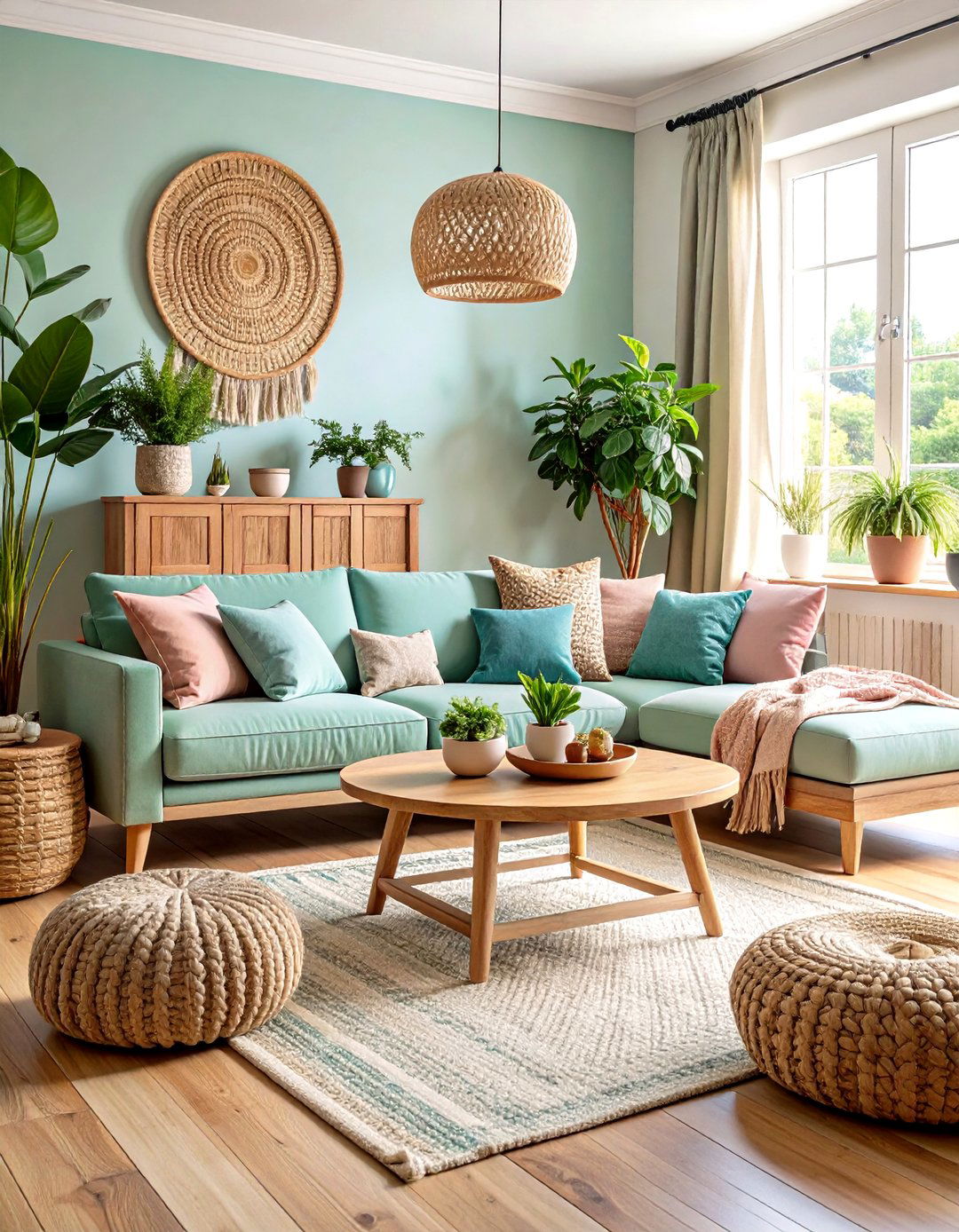
Drawing from the natural colors that surround your home can ground a pastel living room in timeless harmony. Interior designers recommend selecting hues such as skin-soft aqua blues, pale leafy greens, and blush rose tones that mirror sky and garden vistas. Reinforce this connection by layering in reclaimed wood and woven accessories, then finish with leafy houseplants to blur the boundaries between inside and out for a serene retreat.
2. Layer Muted Pastels with Mid-Tones
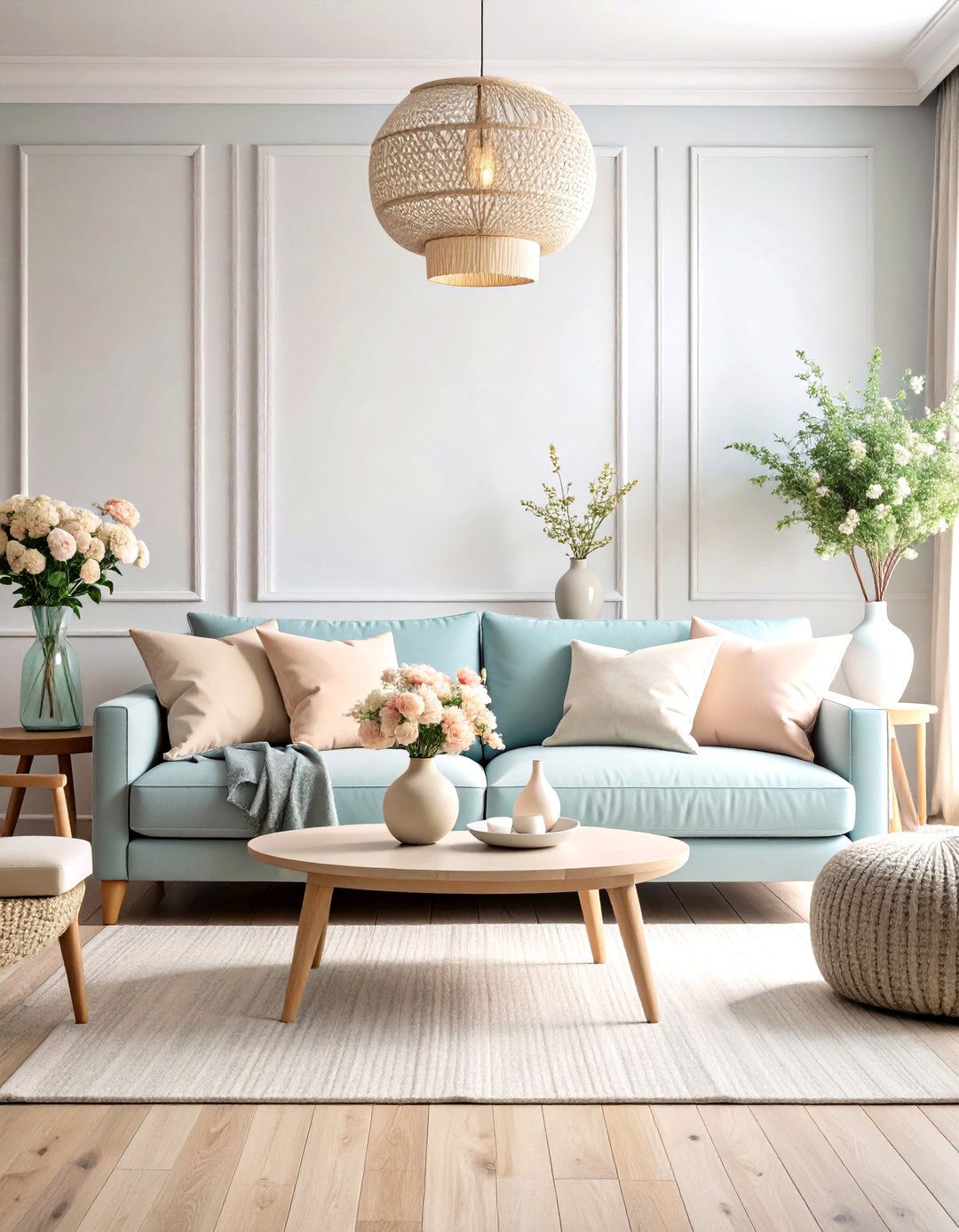
Rather than defaulting to sugary pastels, deepen your color scheme by pairing light washes with soft mid-tones for a sophisticated living room palette. As designers suggest, blending muted pastel pillows or vases with slightly richer coastal shades creates a balanced look that feels grown-up, not saccharine. Anchor the space with a single color anchor — such as a dusty sky blue sofa — then accent with pale furnishings or artworks to maintain visual harmony.
3. Contrast Light and Bold Pastel Hues
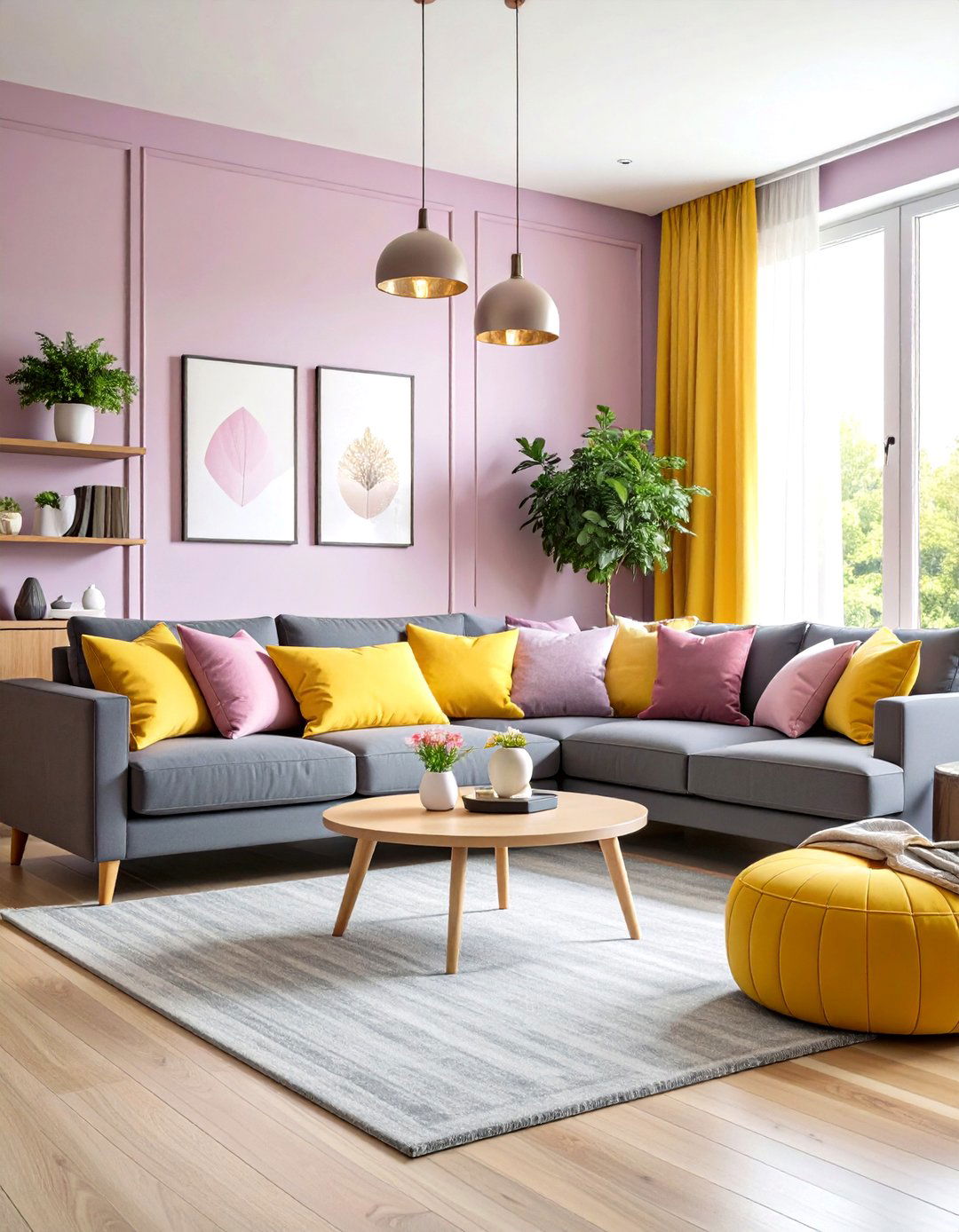
Pairing soft pastel walls with deeper accent pieces infuses depth and drama into a pastel living room. Designers recommend offsetting pale pink or butter yellow walls with rich plums or charcoal grays on trim and furniture to avoid a one-note sweetness. This dynamic interplay ensures the pastel tones pop while delivering a polished, grown-up aesthetic.
4. Introduce Discreet Pastel Accents
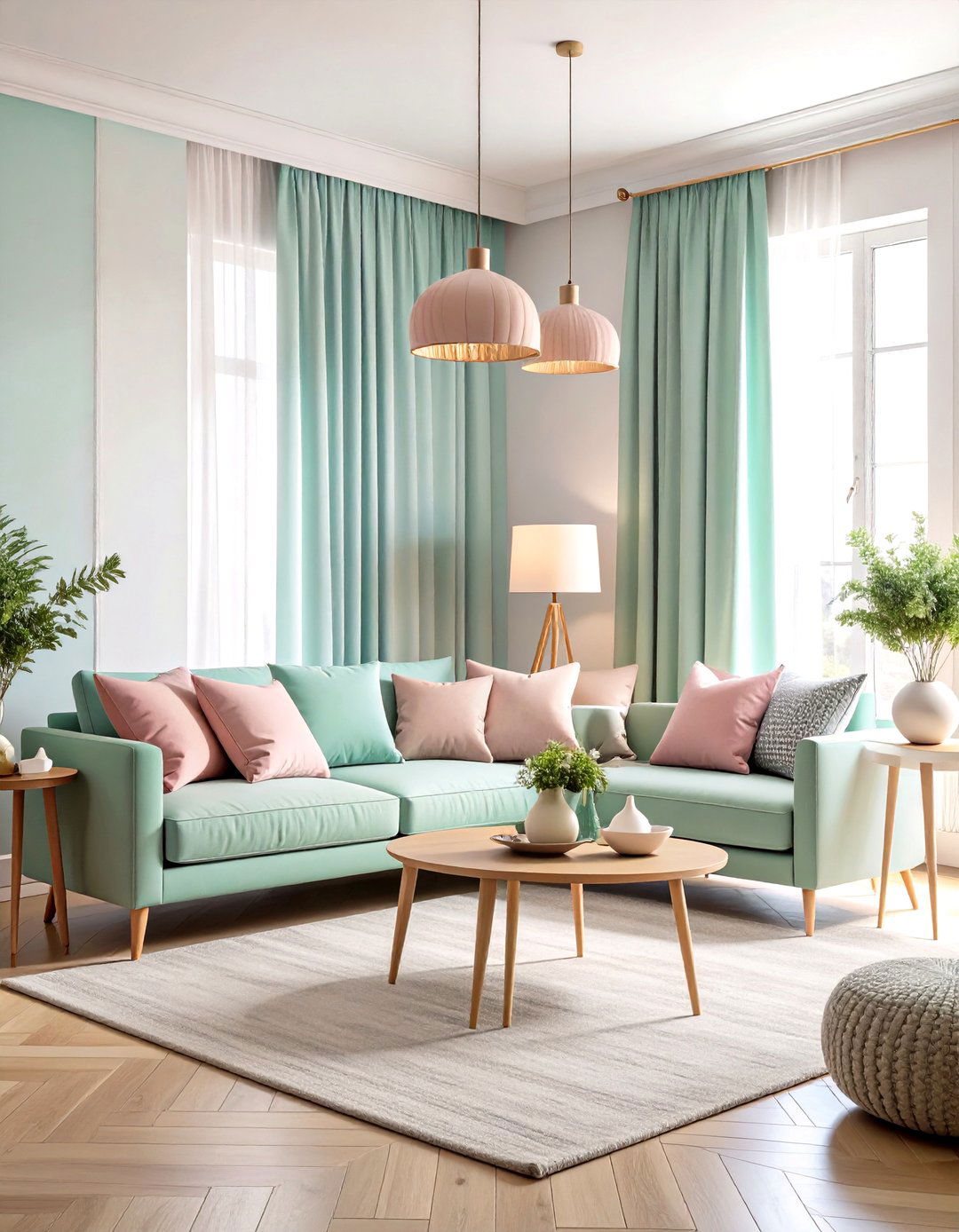
If bold color feels daunting, hint at pastels through small decorative elements for a whisper of color. Soft pink cushions, mint-trimmed curtains, or a pastel-hued lamp can enliven neutral furnishings without overwhelming the room. Select one or two accent pieces and let them shine against a calm backdrop for effortless style.
5. Blend Two Complementary Pastels
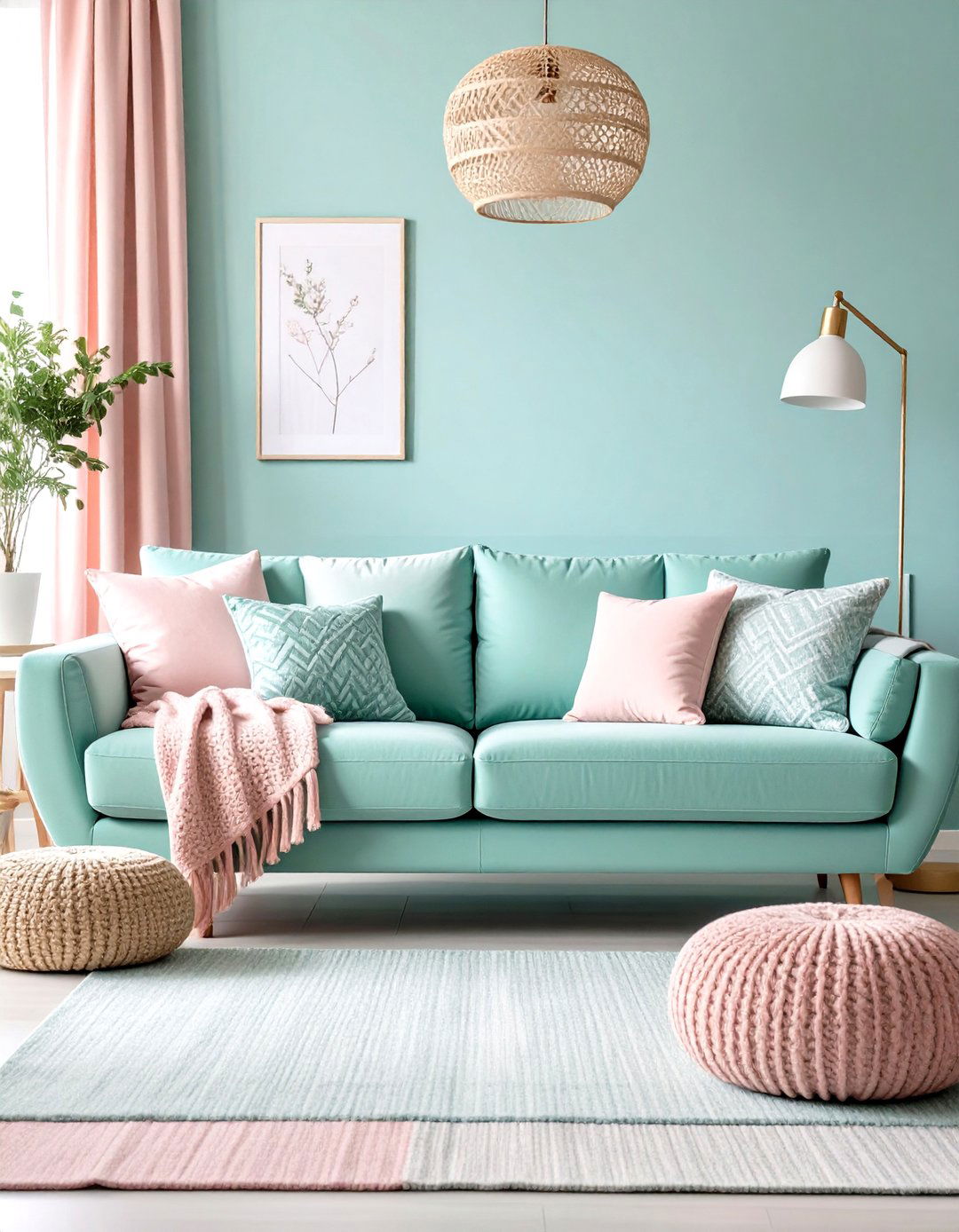
Using two pastel colors in tandem can achieve both warmth and visual interest. For example, pastel pink wallpaper paired with a soft mint sofa creates a welcoming yet refined atmosphere. Complete the look by introducing textured throw blankets or patterned cushions that weave both colors together.
6. Treat Pastels as Modern Neutrals
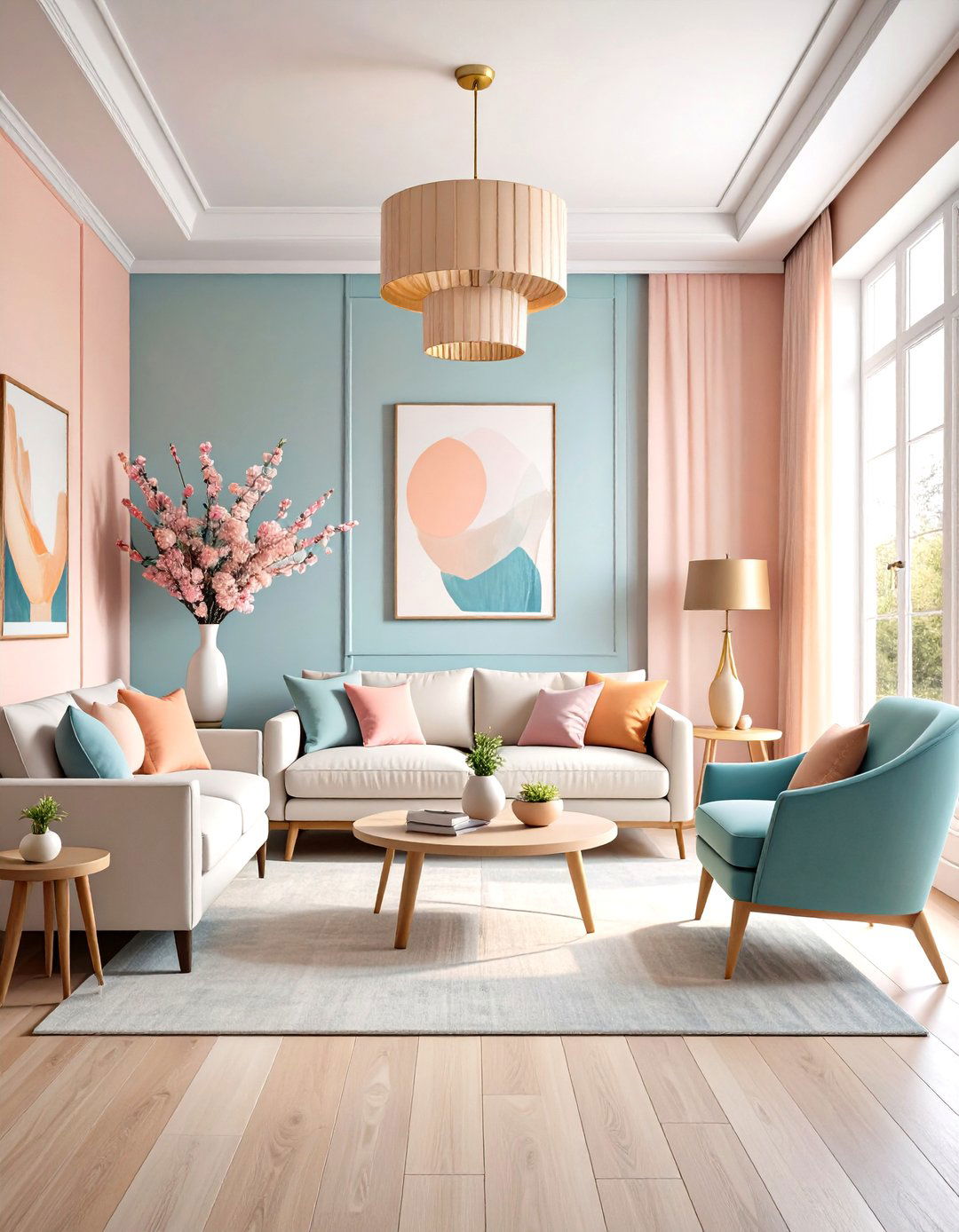
Pastels aren’t just for accents — they can serve as your room’s neutral foundation. Soft lavender or buttery apricot walls can replace crisp white to impart a gentle warmth while still feeling neutral. Layer in art and furnishings in complementary hues to let the pastel backdrop shine without overpowering the design.
7. Layer Pastels with Texture and Tone

To prevent a flat pastel palette, intermix varying finishes and textures alongside your chosen hues. Soft celadon throws, glossy pastel ceramics, and metallic accents work together to produce a sophisticated, multi-dimensional space. Incorporate reflective surfaces like brass or mirrored coffee tables to elevate the airy pastel scheme.
Accent and Feature Strategies
8. Opt for Nuanced Pastel Tones
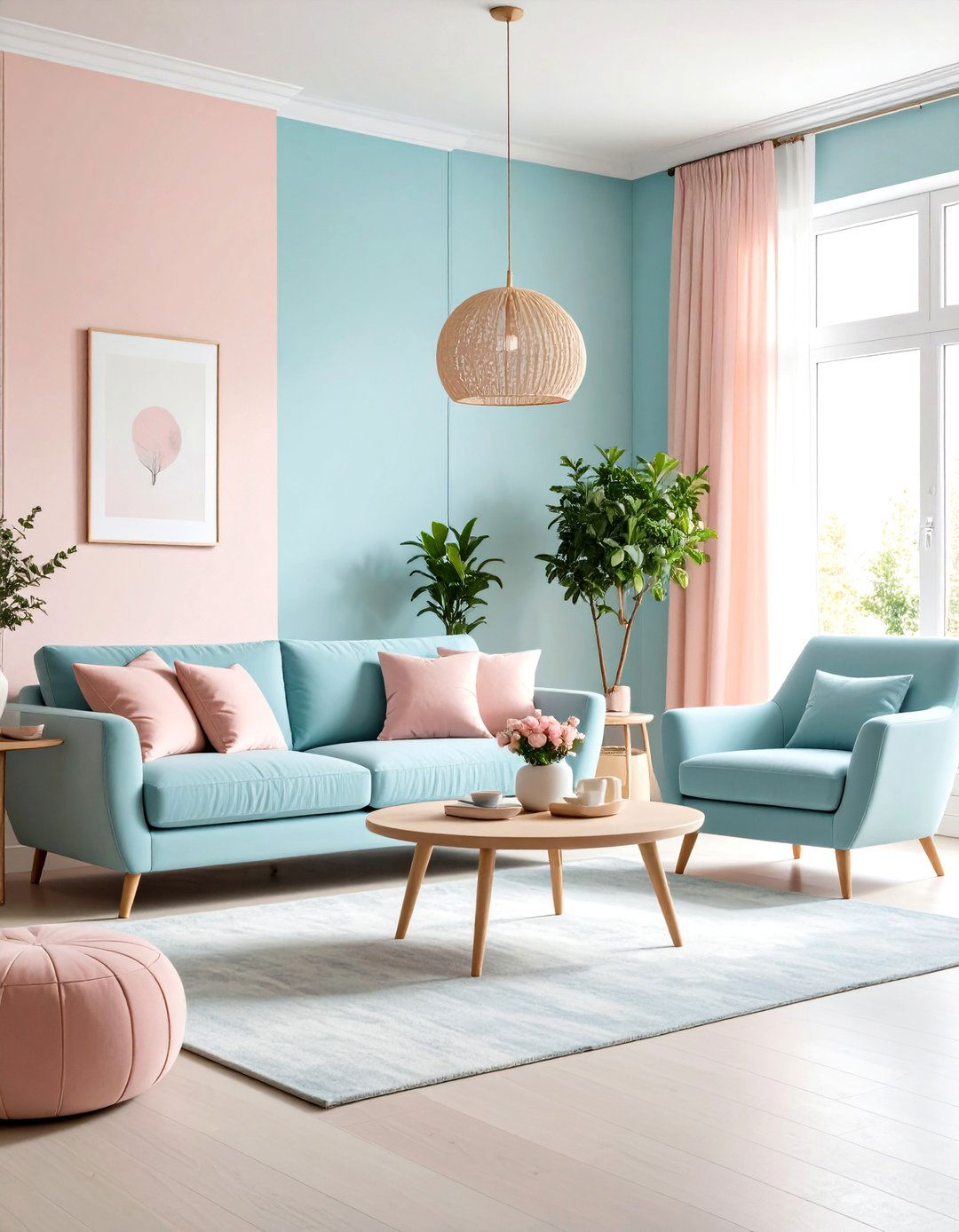
Choose pastels with slight undertones — like dusty rose or powder blue — for a calming, lived-in look. Lighting conditions can shift these hues, so test swatches in your living room light to find the perfect serene shade. Pair with soft furnishings in analogous colors to maintain a cohesive, relaxed atmosphere.
9. Make One Pastel Pop with a Bold Accent

Use a pastel hue almost as a neutral by letting it play second fiddle to a single, richer color. A blush sofa paired with emerald drapes or teal reinforcing accents elevates the pastel to a sophisticated counterbalance. This approach lets you inject personality without sacrificing the softness of pastels.
10. Weave Pastels into Textiles and Furnishings
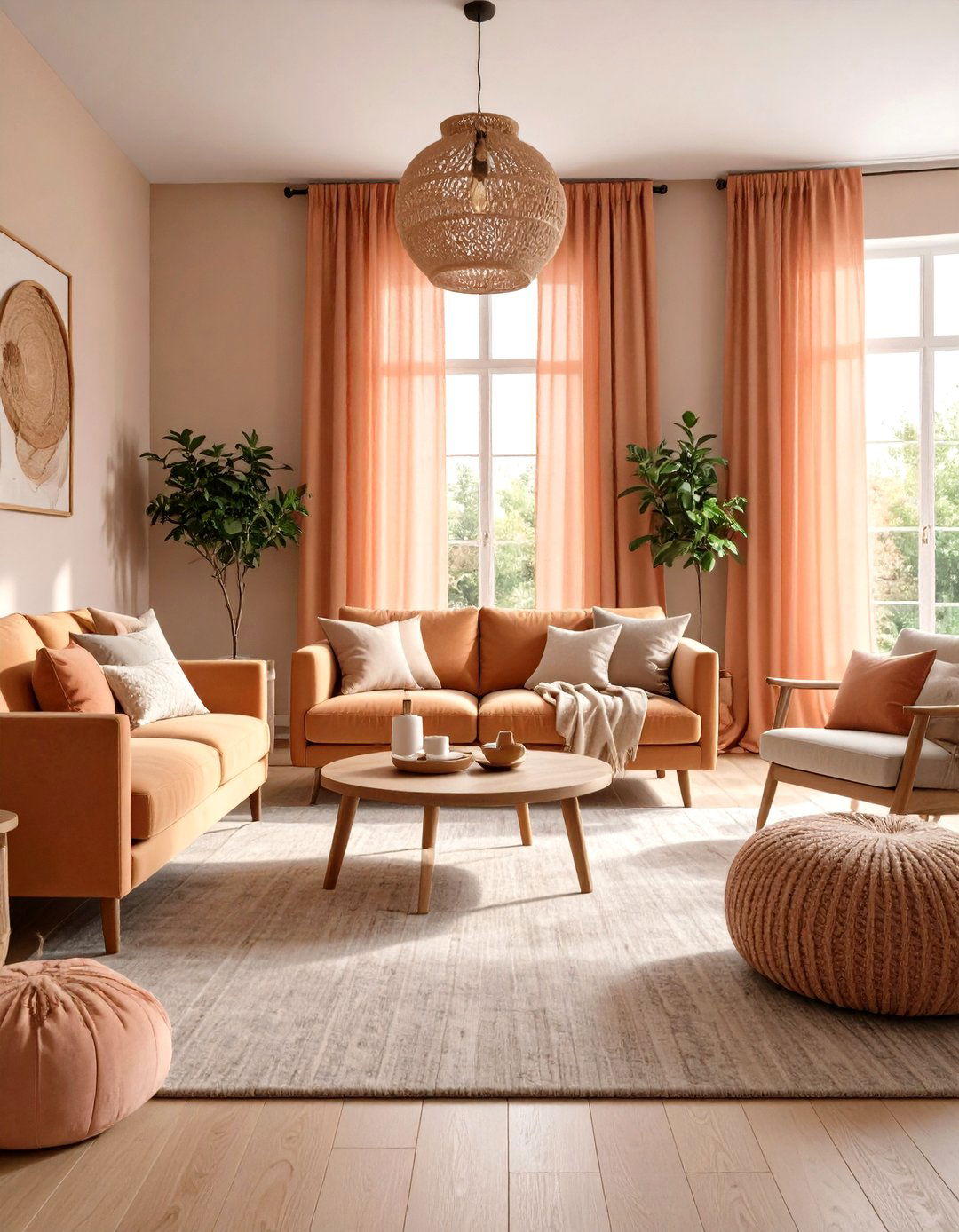
Soft pastel shades shine when upholstered on a statement piece or woven into curtains and cushions. A velvet mint armchair or peach-toned drapery can transform an ordinary setting into an inviting pastel haven. Anchor the palette with neutral sofas and wooden accents to let pastel fabrics take center stage.
11. Balance Pastels with Neutrals
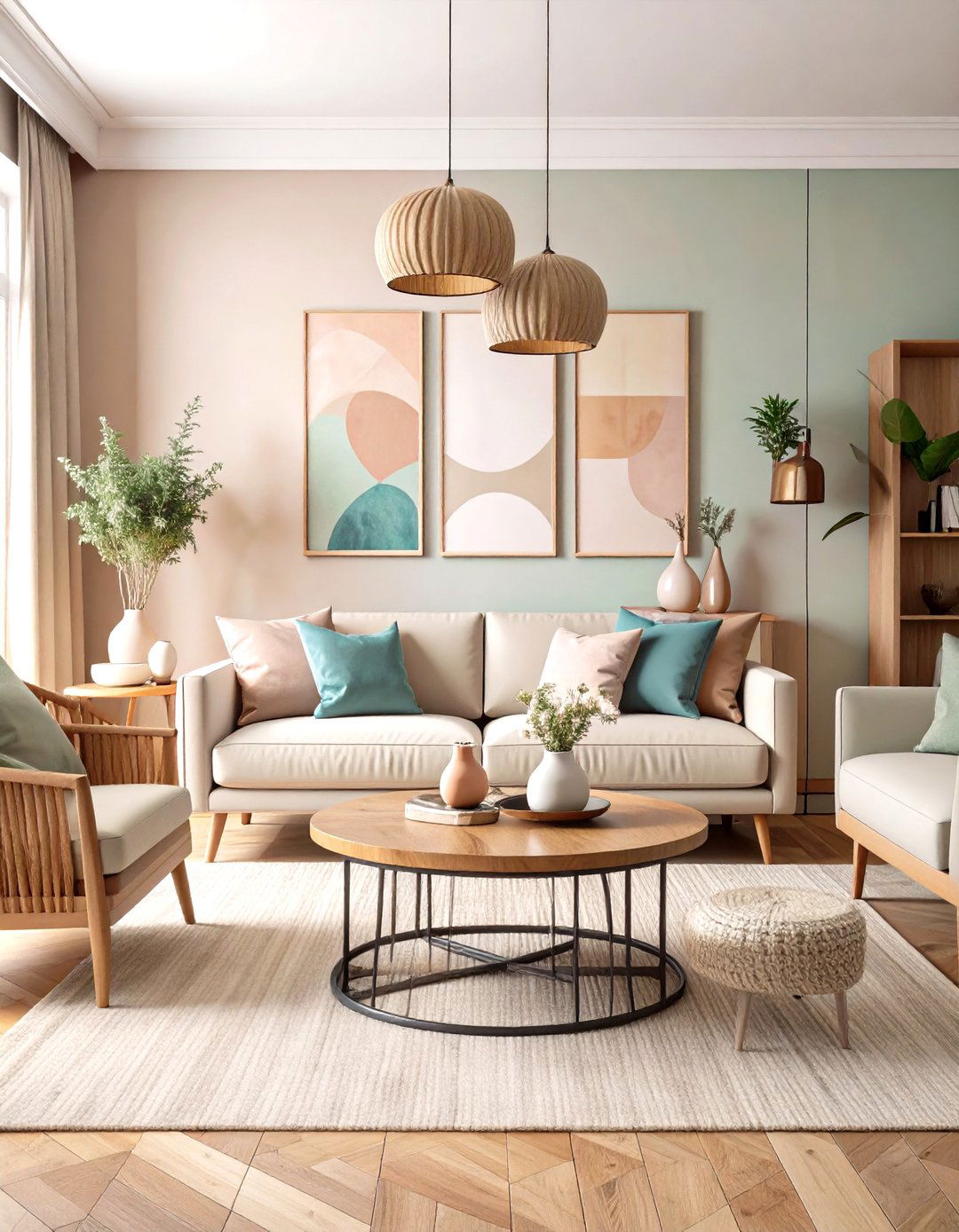
To avoid an overly sweet scheme, layer in neutral accents like wooden coffee tables or dark metal frames. Neutral grays, charcoals, and deep woods ground pastel hues and add an essential counterpoint. A statement artwork piece can bridge between soft pastels and stark neutrals for a cohesive composition.
12. Embody Elegance with a Pastel Sectional and Sky-Like Ceiling
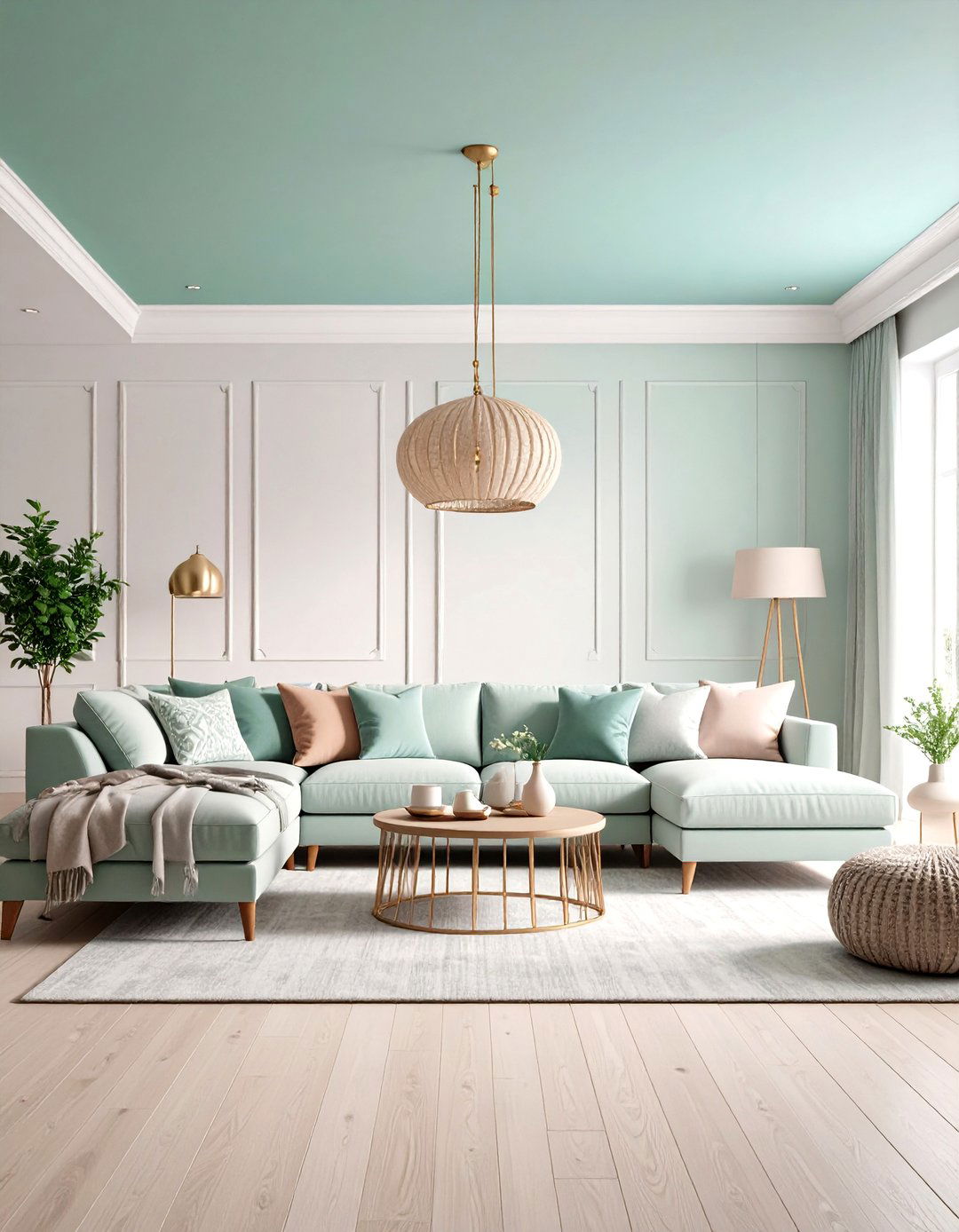
A pale-blue tufted sectional offers refined comfort in a pastel living room scheme. Repeating this shade in window treatments and accent pillows ties the look together, while seafoam-green wallpaper on the ceiling mimics a tranquil sky above. This vertical color play enhances high ceilings and wraps the room in soft, uplifting hues.
13. Turn Walls into a Pastel Canvas
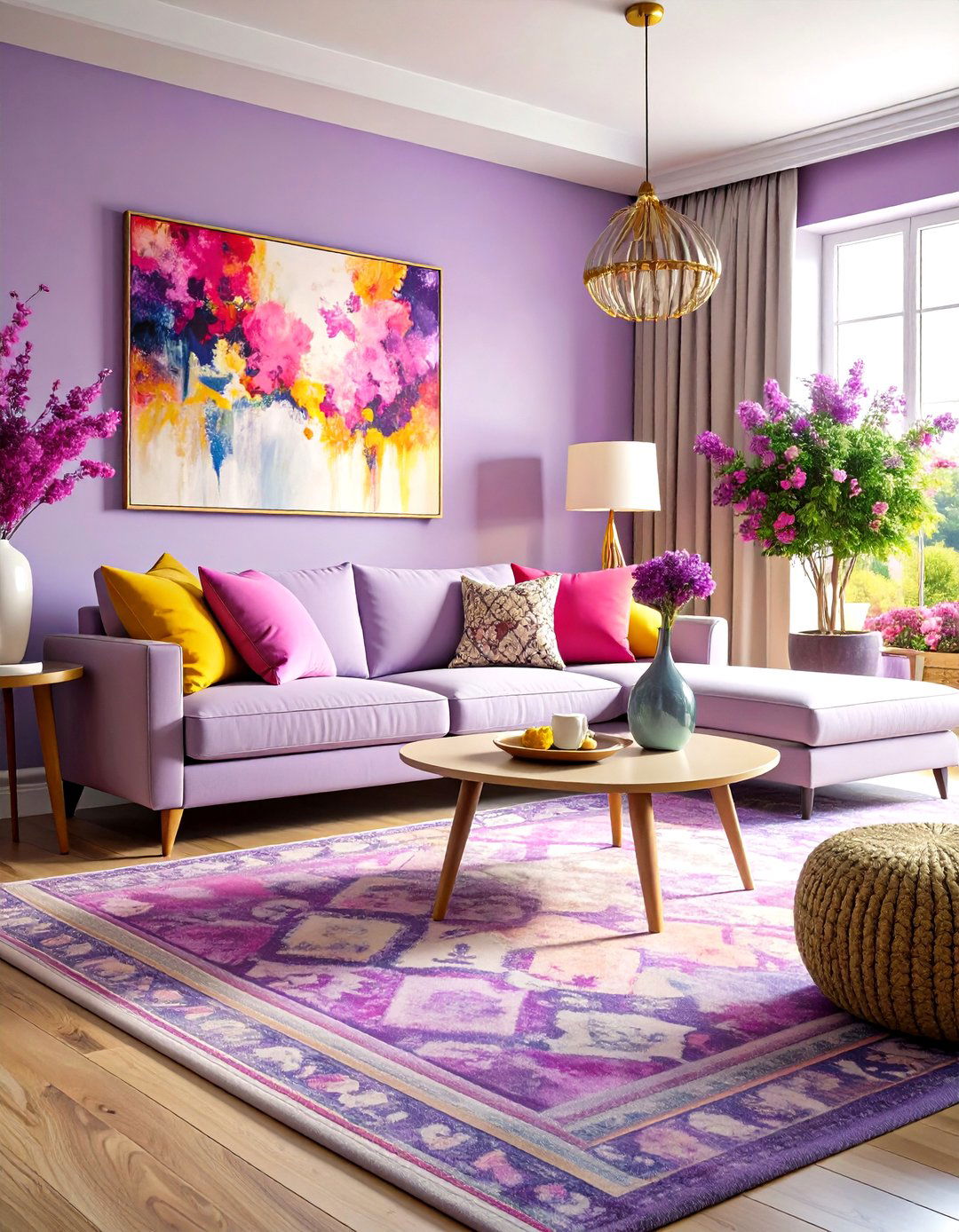
Soft lavender walls serve as a delicate backdrop for bold accent colors. Splashes of golden yellow and vivid fuchsia accessories energize the space and prevent monotony. Anchor the palette with a unifying abstract painting or patterned rug that echoes both the pastel wall and accent hues.
14. Repurpose Wood Paneling with Pastel Paint
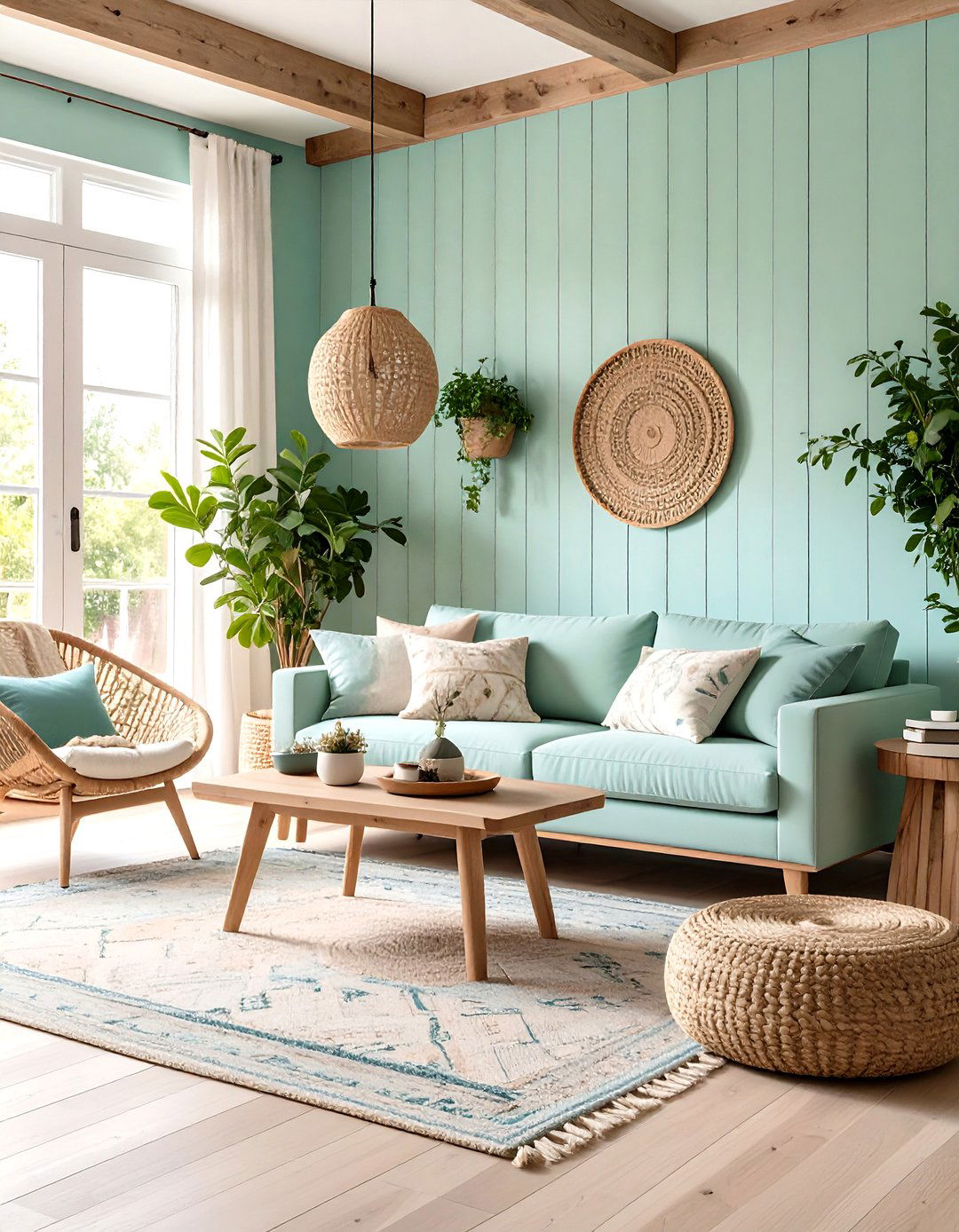
Instead of removing outdated paneling, coat it in a mint-green pastel finish to give texture and a refreshing twist. Exposing some wood grain beneath maintains character and nostalgia. Complement this feature with refined botanical art and natural jute rugs for a laid-back, cottage-chic vibe.
15. Feature Wall with Pastel Wallpaper
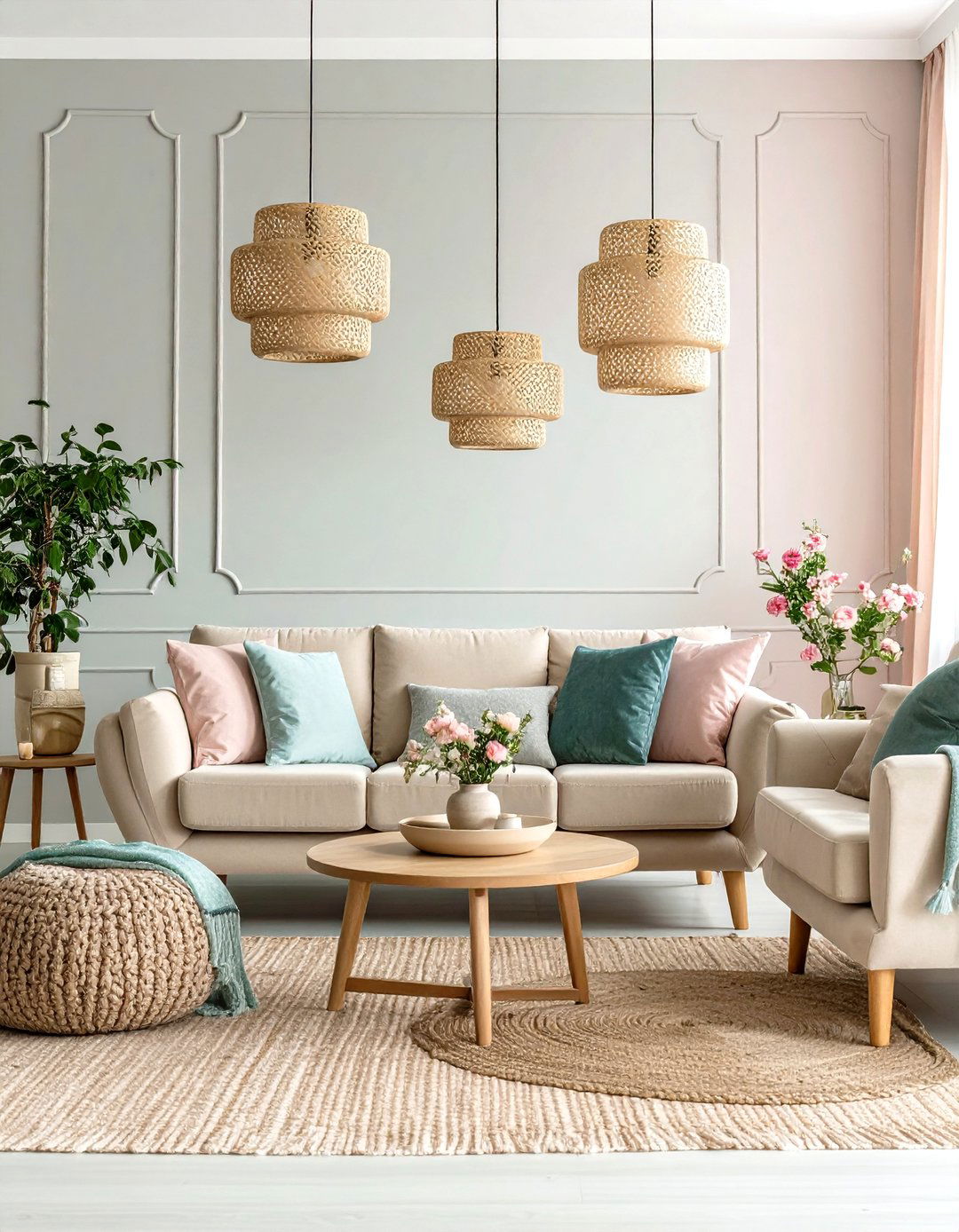
A pastel-blue patterned wallpaper can transform one wall into a subtle statement piece. It provides a soothing backdrop for oatmeal-colored sofas and simple décor, while additional pastel accents in lamps or baskets further the soft palette. Opt for removable wallpaper for easy updates or seasonal changes.
16. Test Pastel Themes on Furniture

If you’re hesitant to commit, start by painting a cabinet or console in a pastel hue. A pastel-blue dresser adds life to a neutral living room and can be swapped or repainted more easily than an entire wall. Repeat the cabinet color in smaller décor items for a unified yet flexible look.
Unique Techniques and Trends
17. Adopt a Shabby Chic Pastel Aesthetic

Shabby chic emphasizes furniture with a distressed look and soft pastel tones for a lived-in, timeless charm. Layer antique-turned-new pieces and pastel-painted accents to achieve the signature cottage feel. Incorporate floral appliqués, vintage textiles, and subtle pastel walls to complete the romantic, nostalgic design.
18. Illuminate with Pastel LED Wallpaper
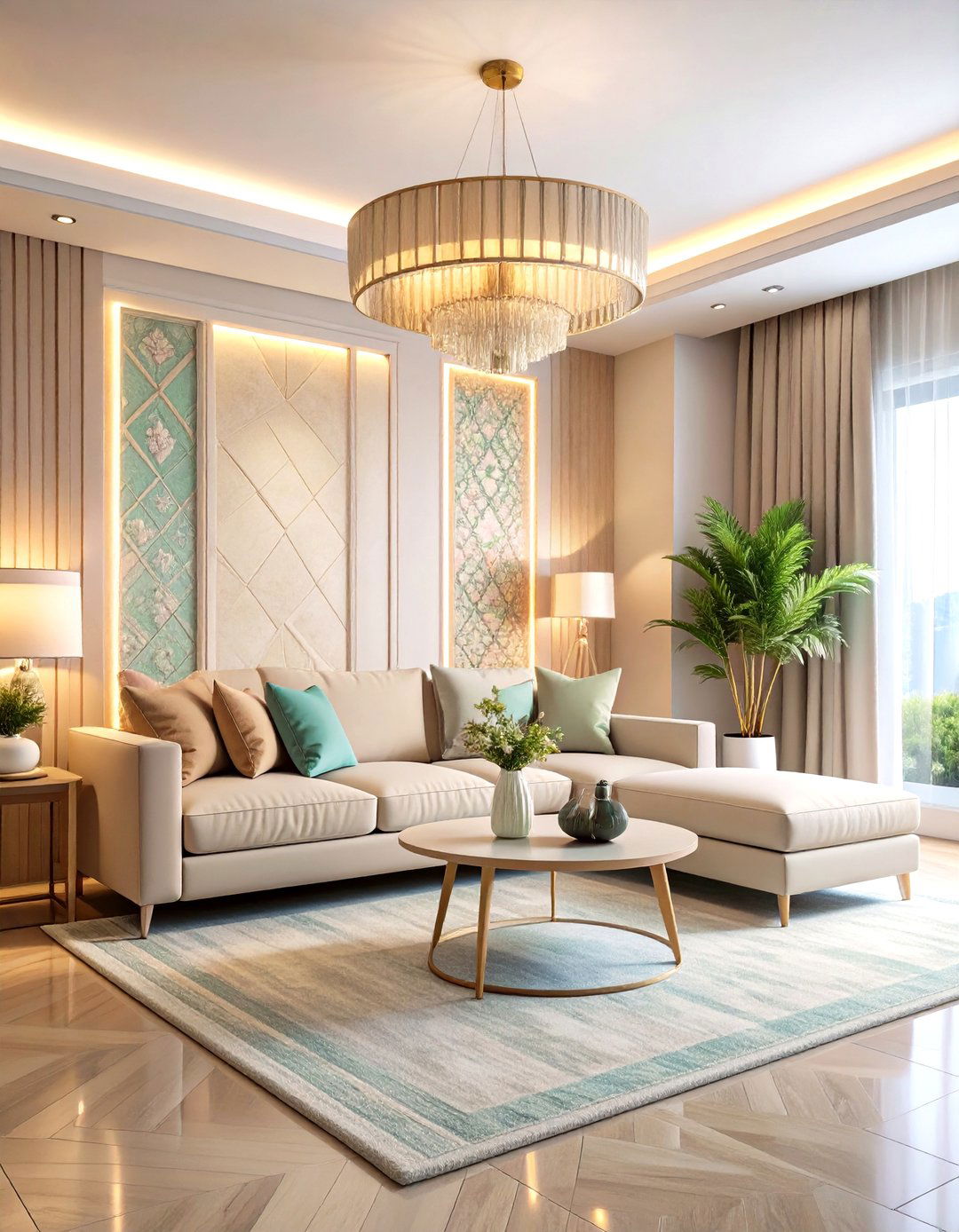
LED-integrated pastel wallpaper merges soft color with ambient lighting for a dreamy effect. Fiber-optic designs in floral or geometric motifs offer both decoration and functionality by emitting a gentle glow when the lights go down. Use this on a single wall to serve as both art and subtle nightlight.
19. Embrace Monochromatic Pastel Schemes
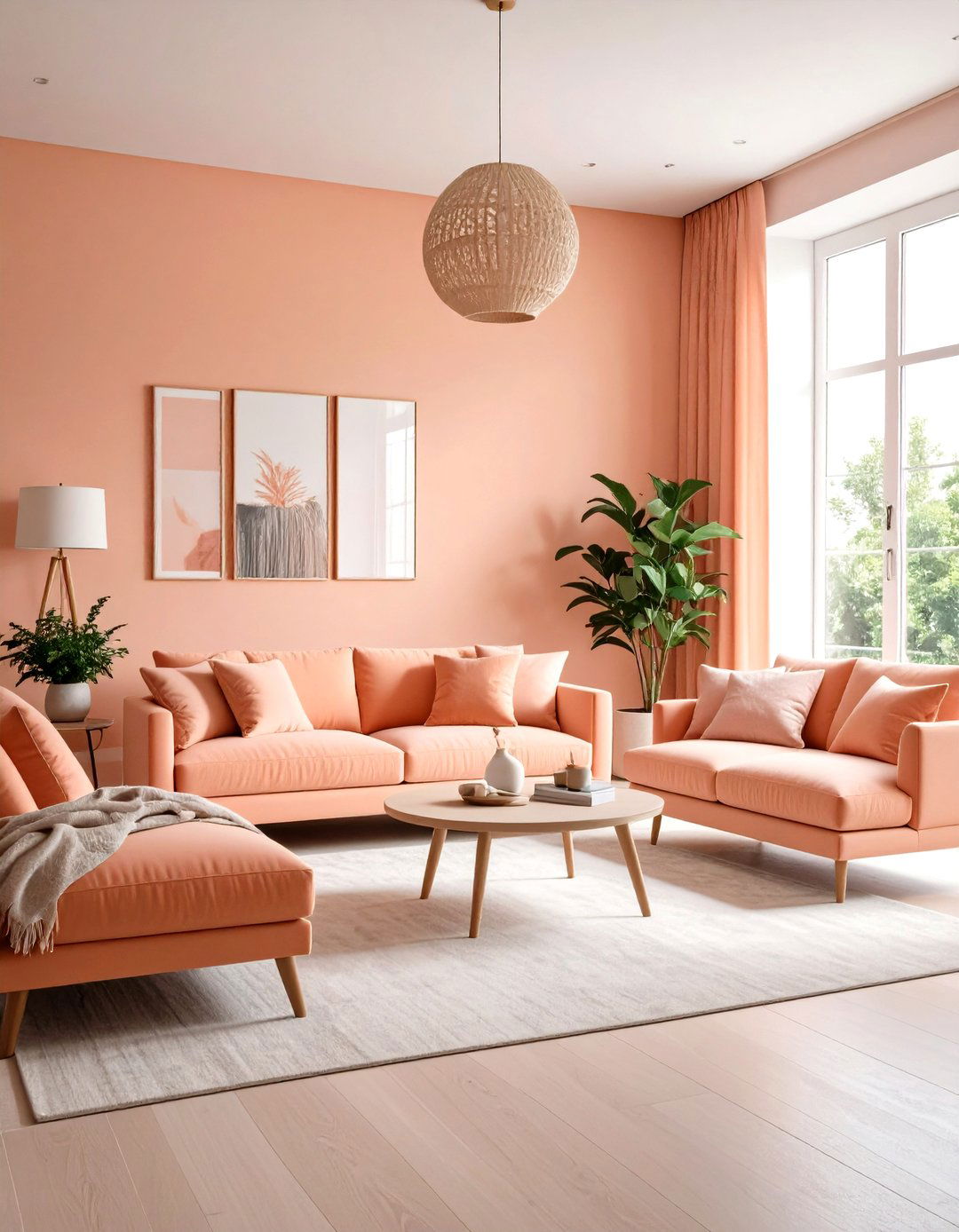
Layering tints, tones, and shades of a single pastel creates a cohesive, soothing space. Start with a dominant hue — like pale peach — and incorporate deeper and lighter variations in textiles and accessories for subtle depth. Texture plays a key role, so mix fabrics, finishes, and natural materials to keep the look from feeling flat.
20. Explore the Pink and Brown Pairing
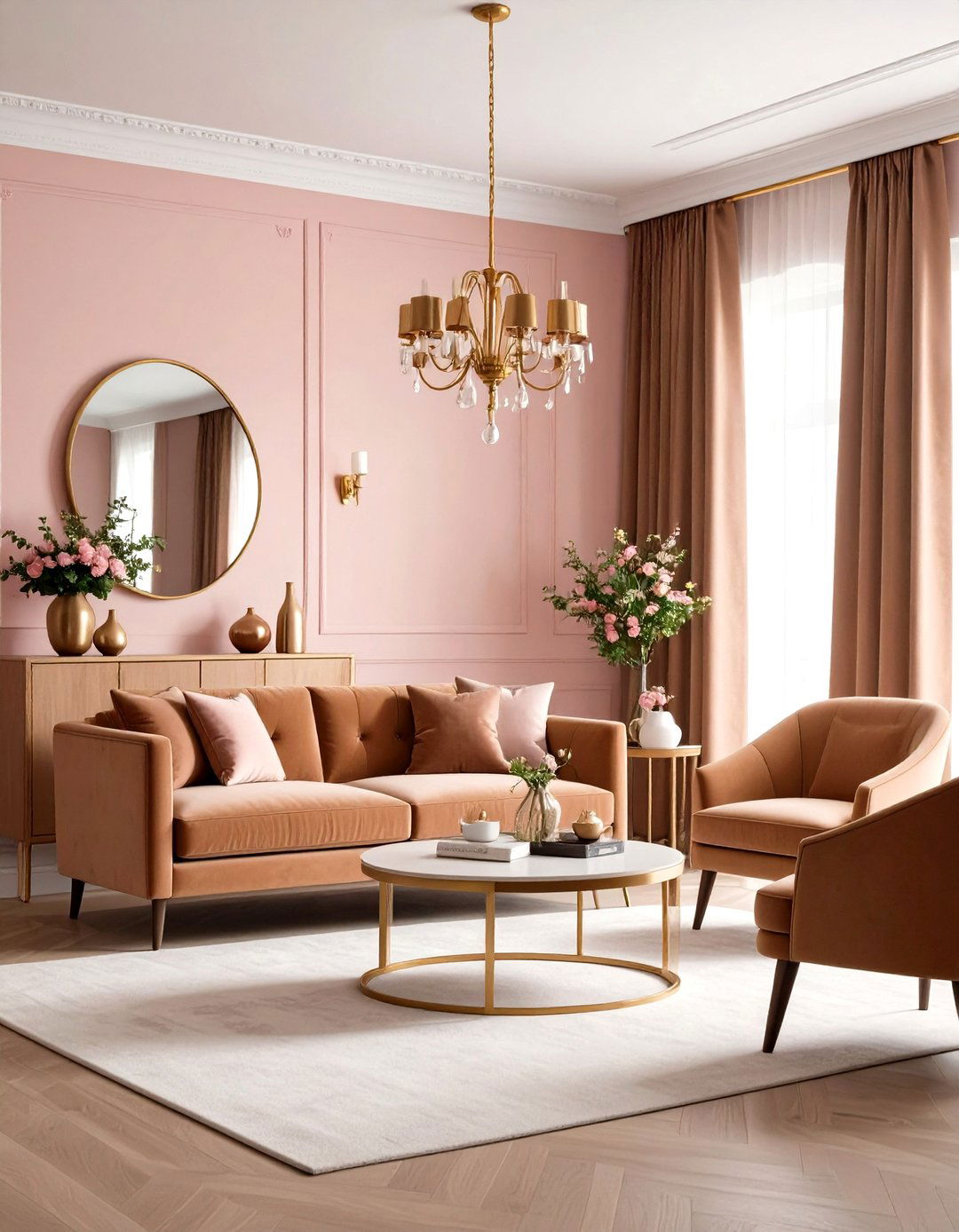
Pairing pastel pink walls with warm brown accents yields a sophisticated yet approachable living room palette. The two hues harmonize on the color wheel — pink as a tint of red and brown as a shade of orange — for a balanced look. Introduce this duo via cabinetry, drapery, or art, and layer in brass or copper elements to elevate the scheme.
21. Paint Your Floors in Soft Pastel Shades
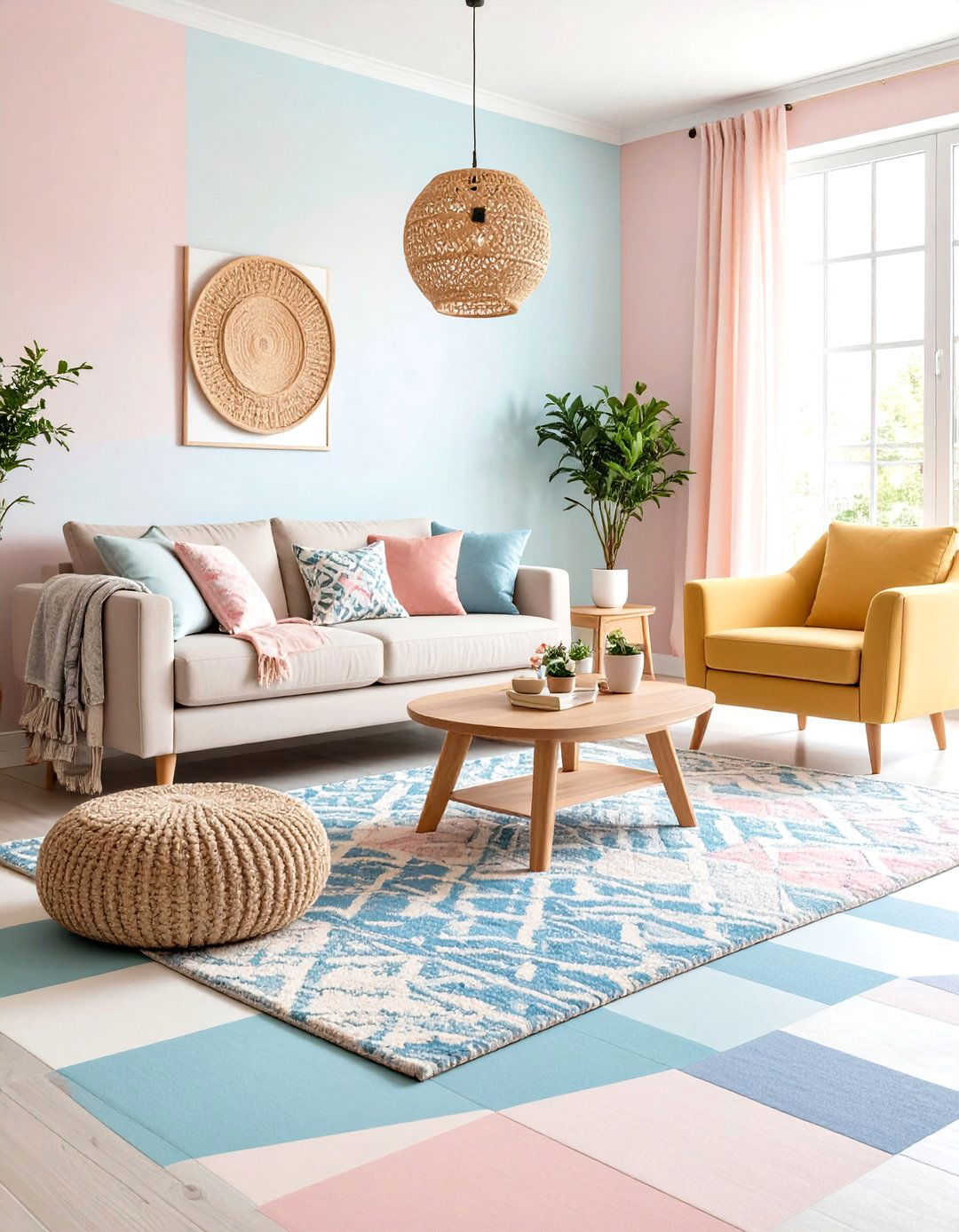
Transform worn wood floors into design features with a coat of pale pastel paint. Patterns like checkerboards or full-coverage pastel hues infuse personality and make the room feel custom. Seal with durable finish for practicality, then ground the look with well-chosen area rugs.
Accessories and Finishing Touches
22. Showcase a Geometric Pastel Accent Wall
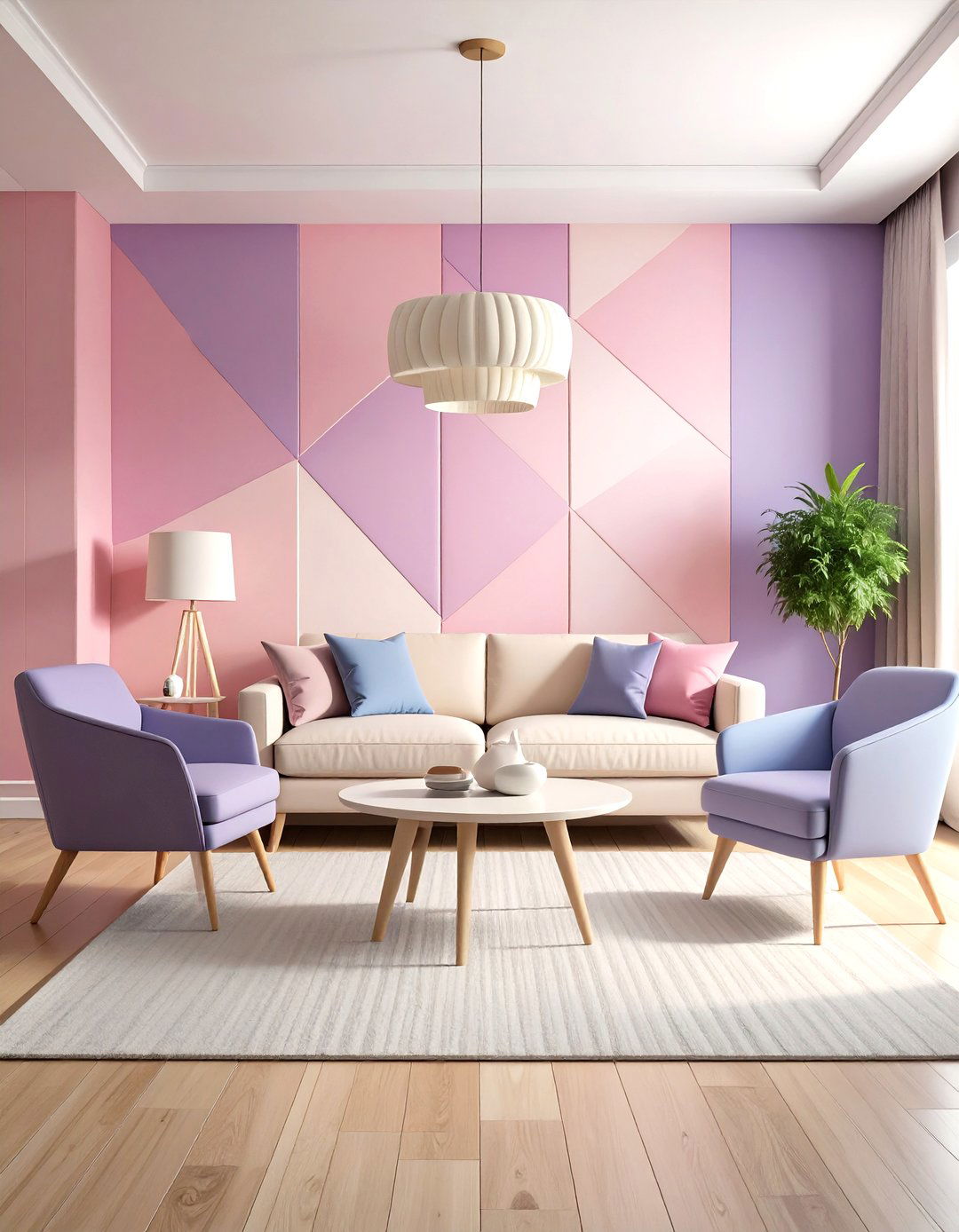
Peel-and-stick pastel geometric murals offer an instant, low-commitment update to any living room. Bold cube or Memphis-style patterns in soft pinks, purples, and creams create visual interest without overwhelming the space. Position the mural strategically behind seating or shelving to maximize impact.
23. Paint the Ceiling for an Immersive Pastel Look
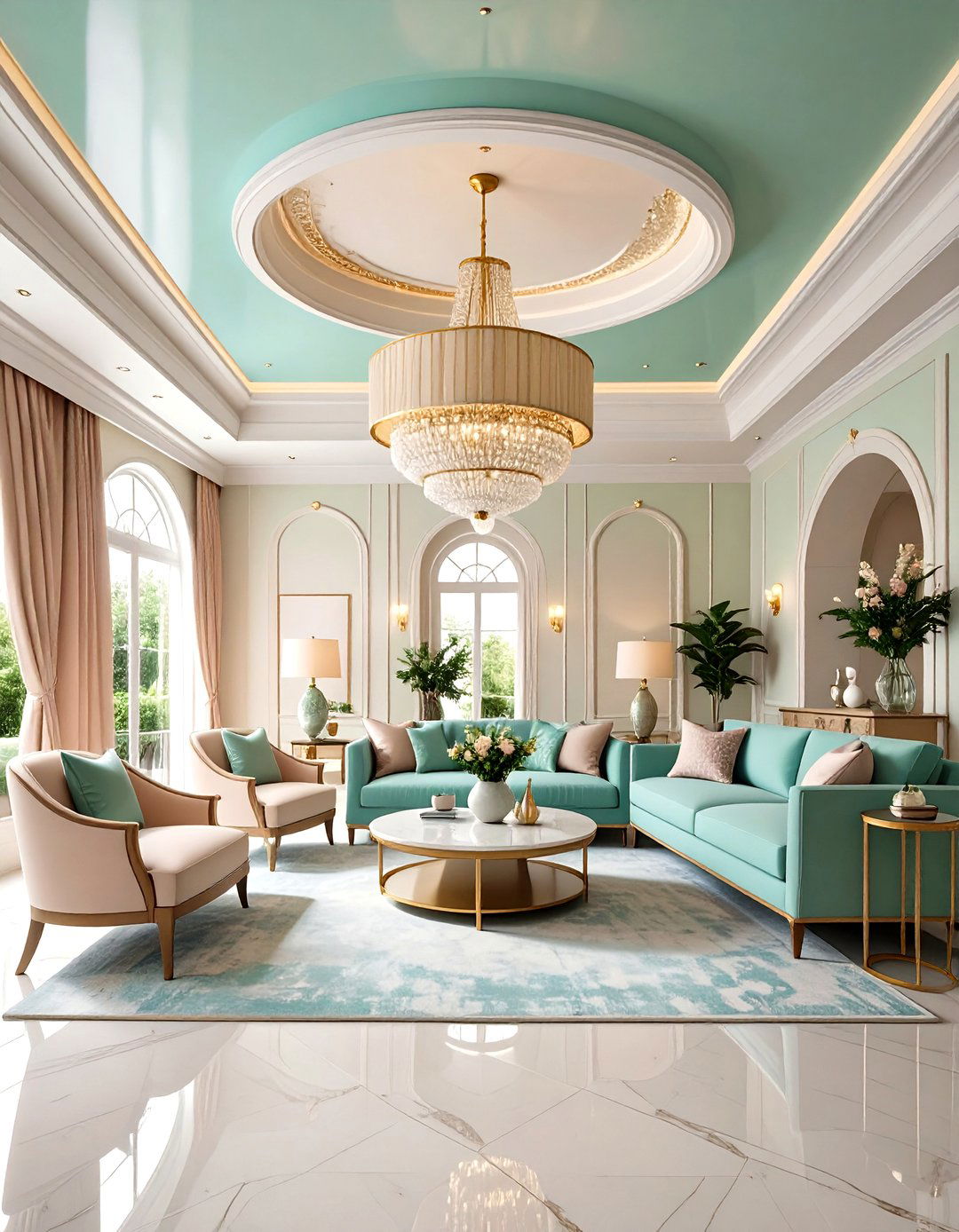
Extending pastel hues to your ceiling wraps the room in color and highlights architectural features. Seafoam-green wallpaper on the ceiling can simulate a gentle sky, drawing the eye upward and complementing lighter walls. Use high-gloss or semi-gloss finishes for added reflection and airiness.
24. Anchor Your Space with a Pastel Area Rug
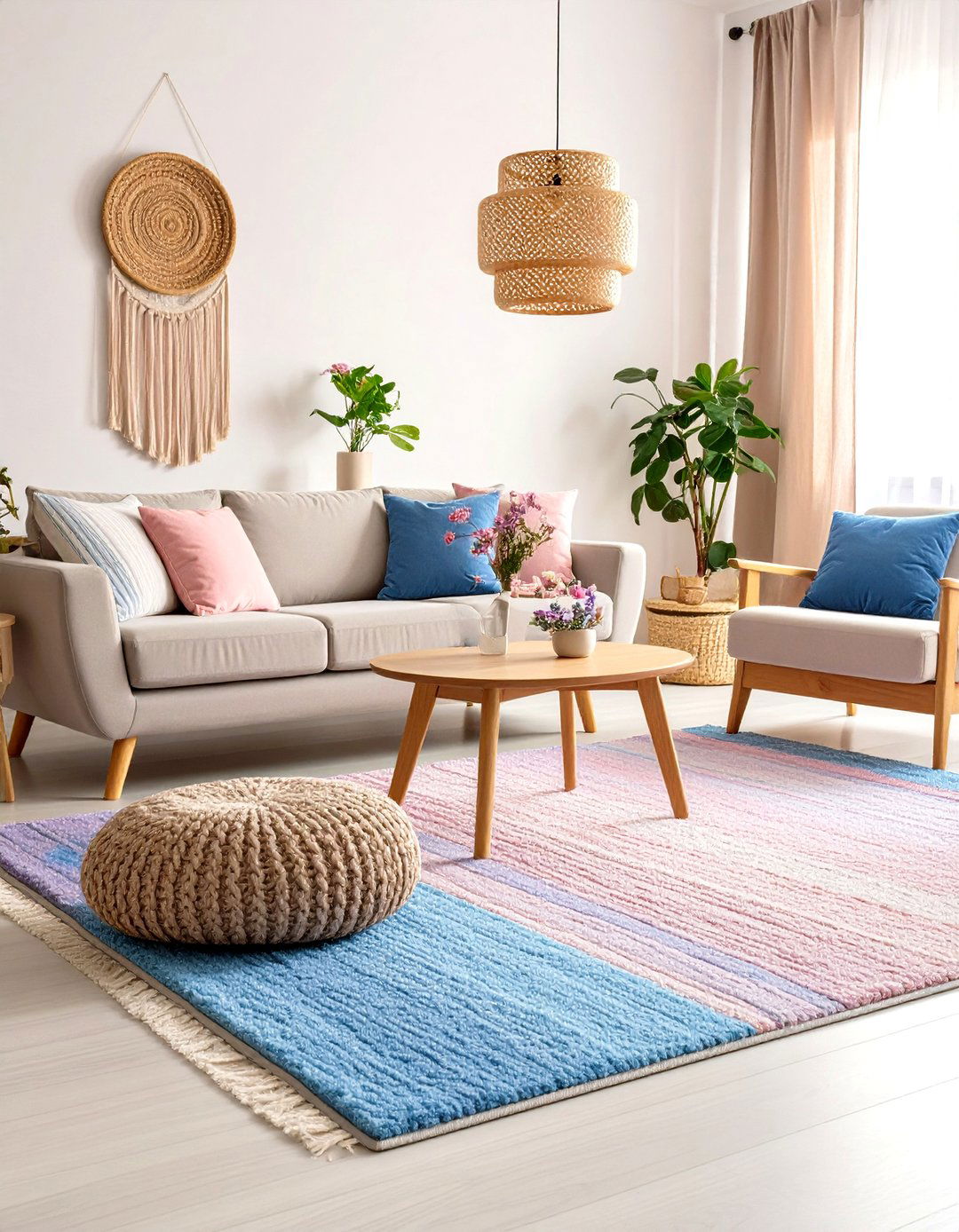
A well-chosen pastel-hued area rug ties together furniture and color accents while adding warmth underfoot. Soft lavender, robin’s egg blue, or blush rugs can serve as versatile neutrals that support many decor styles. Ensure the rug’s material withstands traffic by selecting durable fibers like power-loomed polypropylene or wool blends.
25. Elevate with Soothing Pastel Artwork
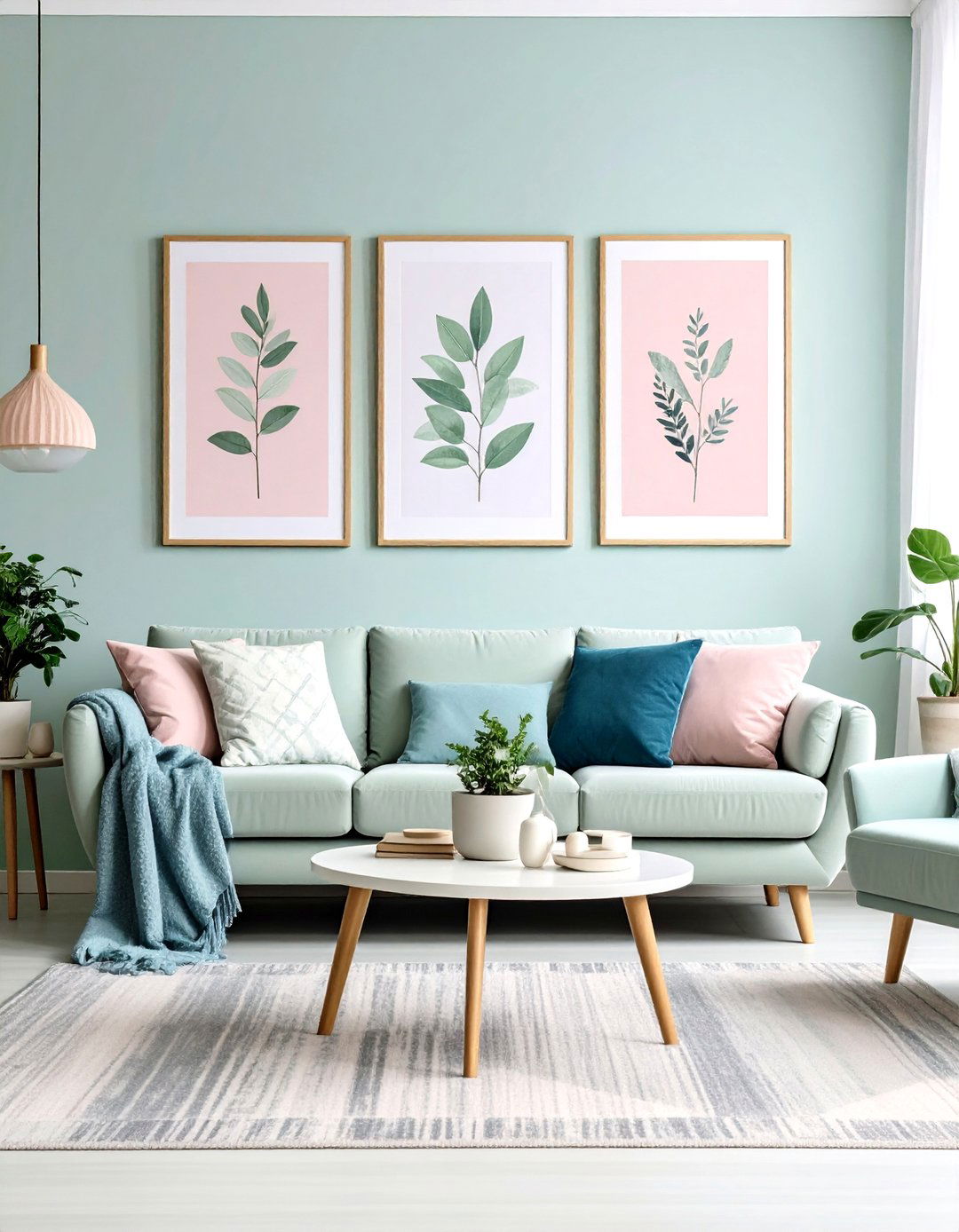
Hang abstract or botanical prints in a palette of gentle pinks, greens, and blues to reinforce your pastel living room theme. Soft-hued canvases can introduce pattern and movement without clashing with furniture. Group frames of varying sizes for a gallery wall that brings depth and personality.
Conclusion:
These 25 pastel living room ideas offer a versatile toolkit for infusing any space with softness and sophistication. From foundational strategies — like using pastels as neutral backdrops or harmonizing with nature-inspired hues — to standout features such as LED wallpaper, geometric accent walls, and painted wood floors, you can tailor each idea to your personal style and space. By balancing pastel tones with neutrals, layering textures, and adding thoughtful accessories like area rugs and artwork, your living room will feel cohesive, calming, and undeniably chic.



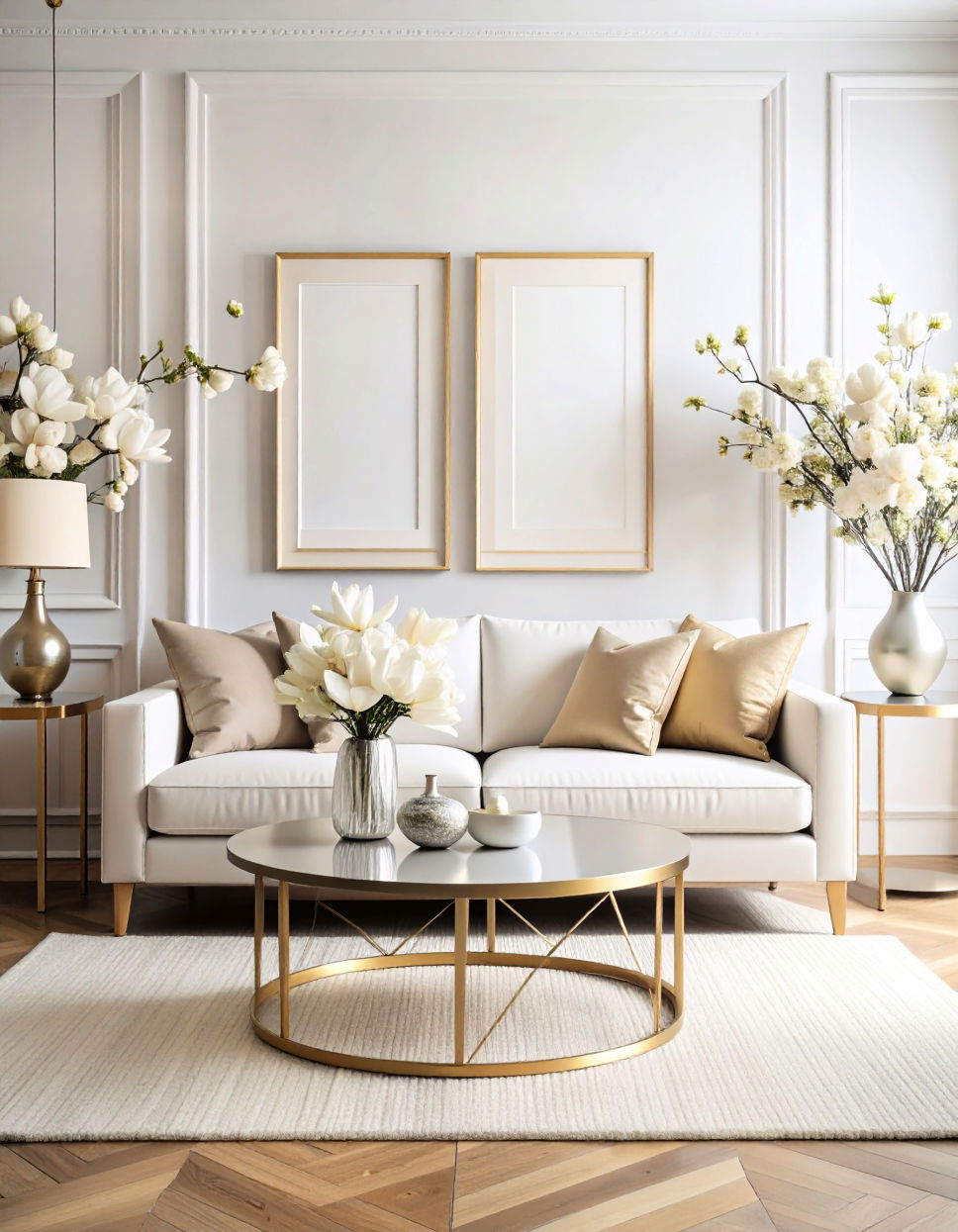
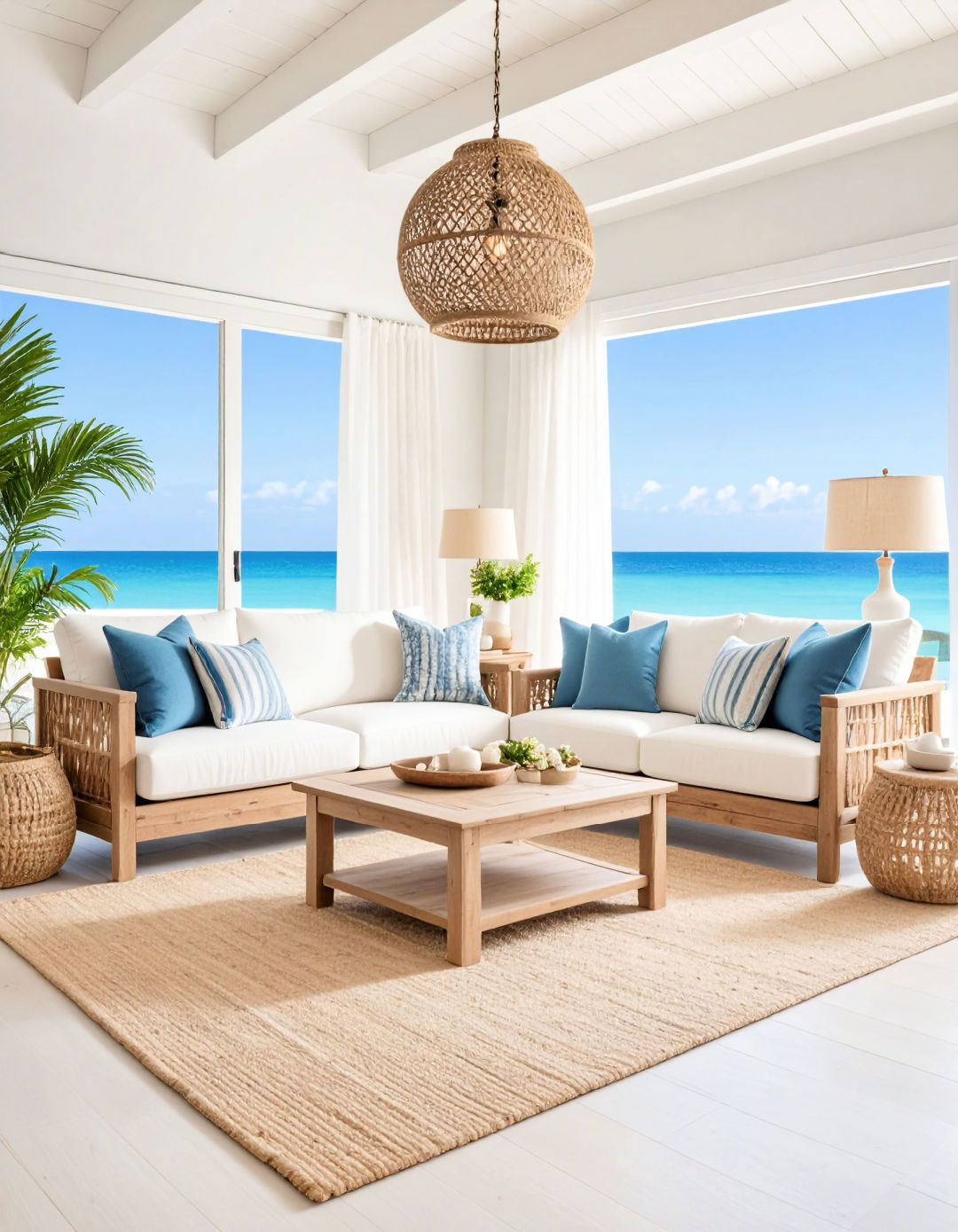
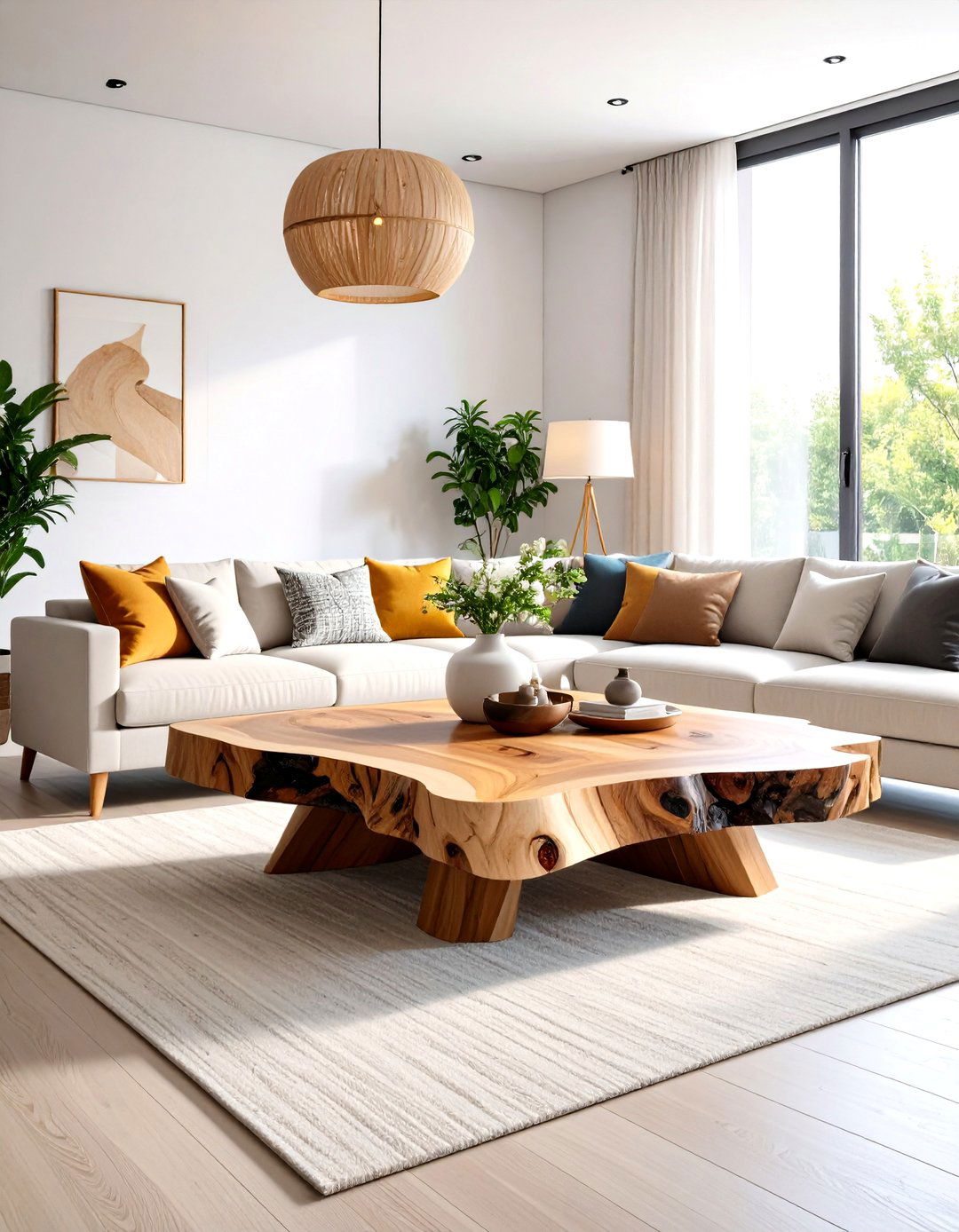
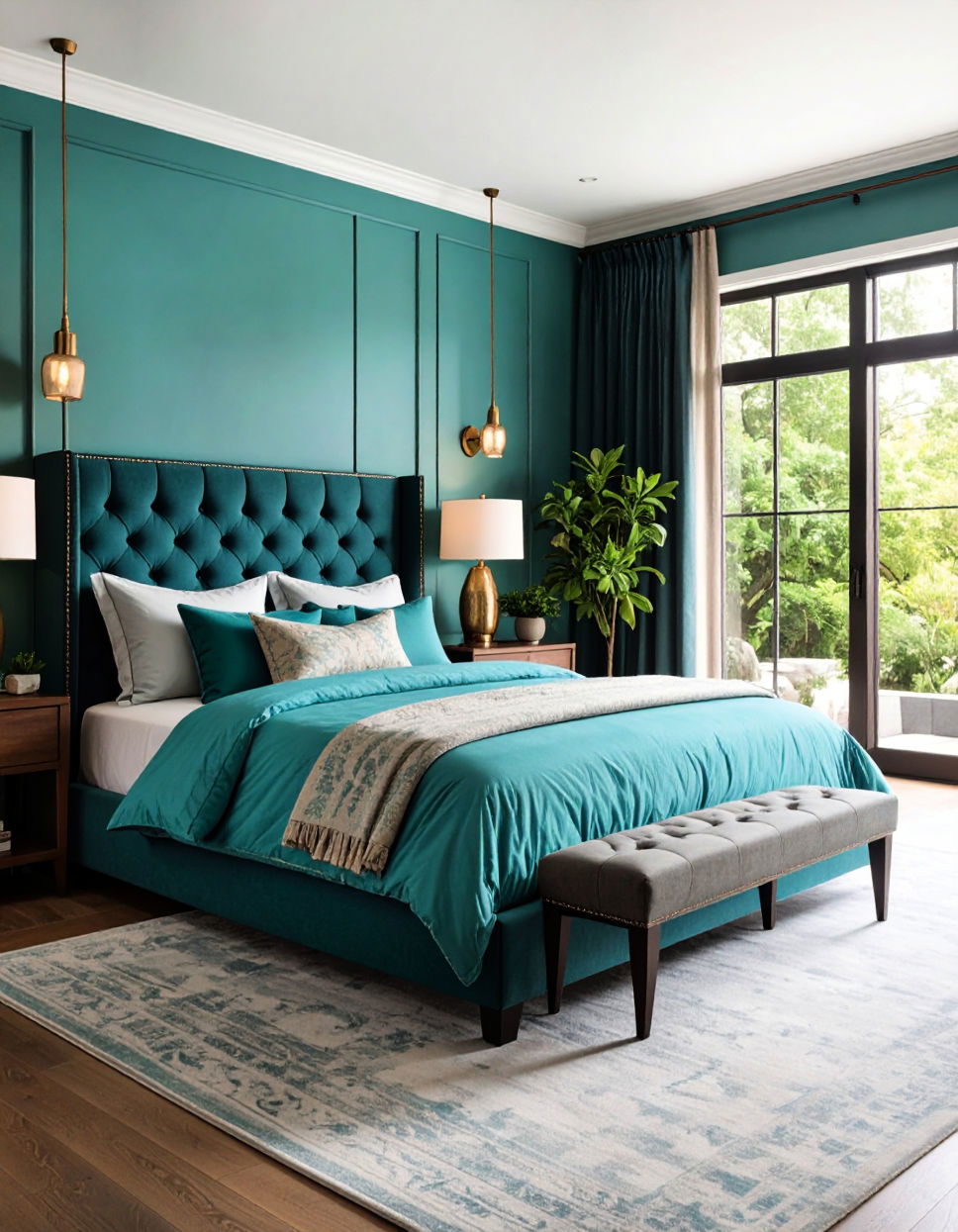
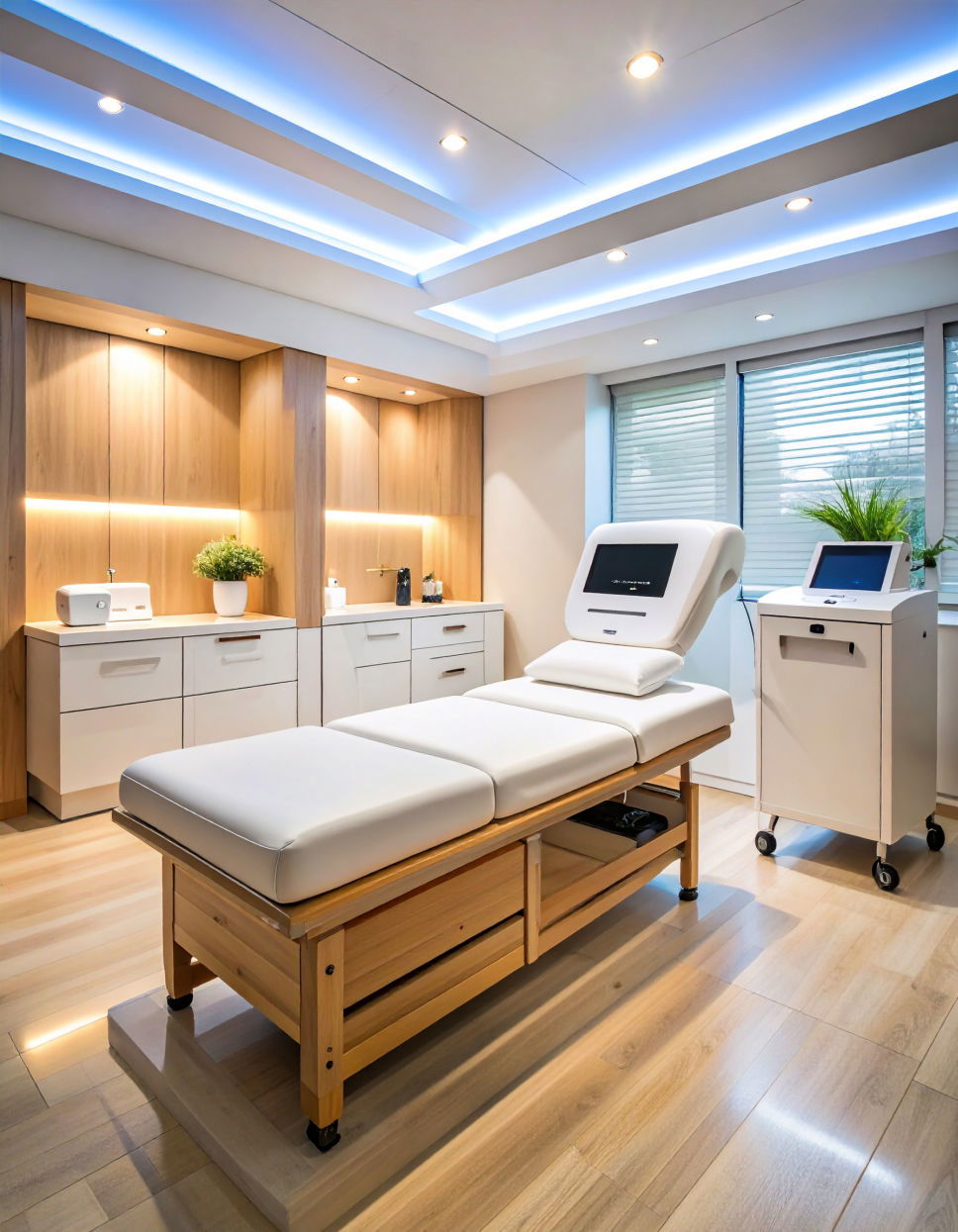
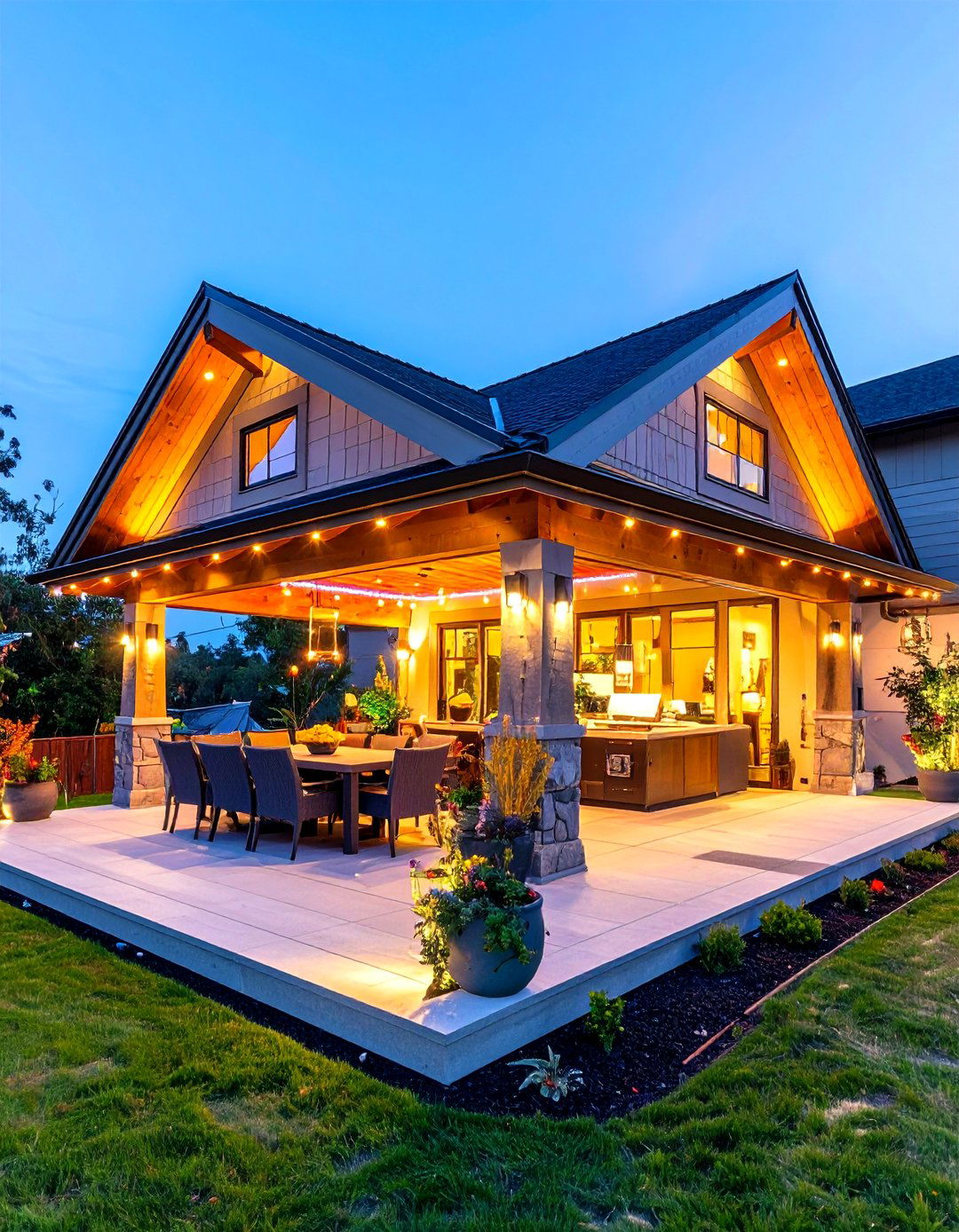
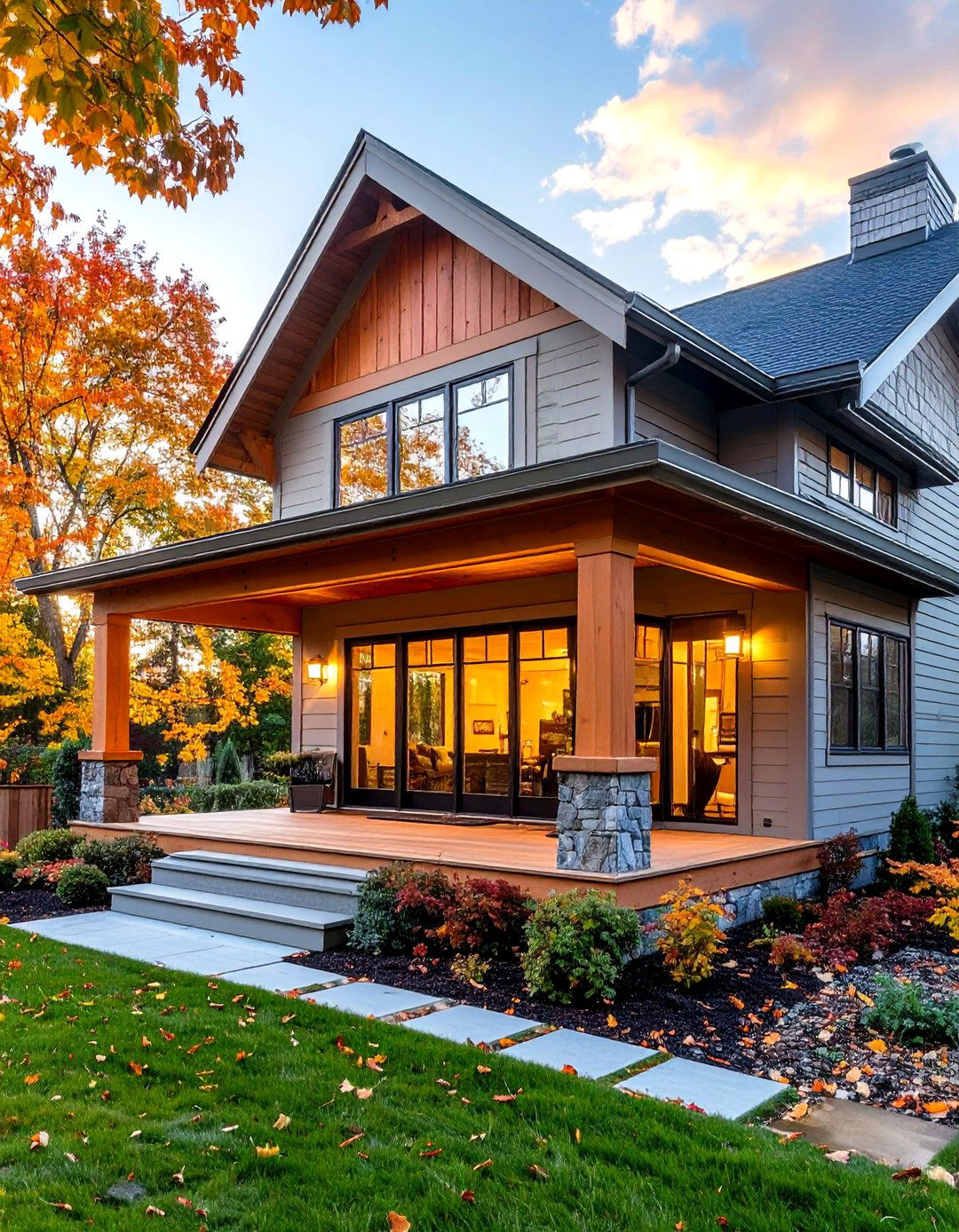
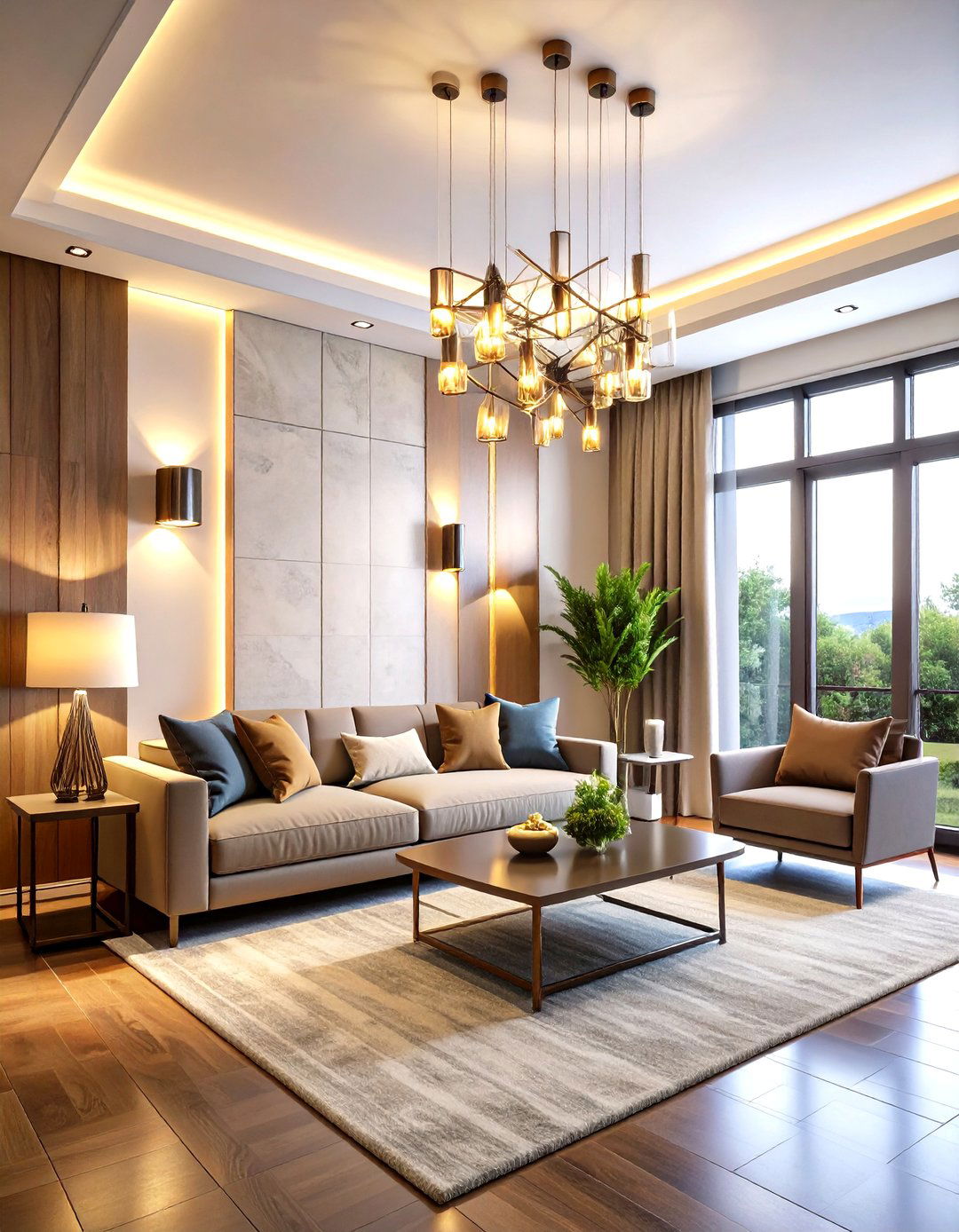
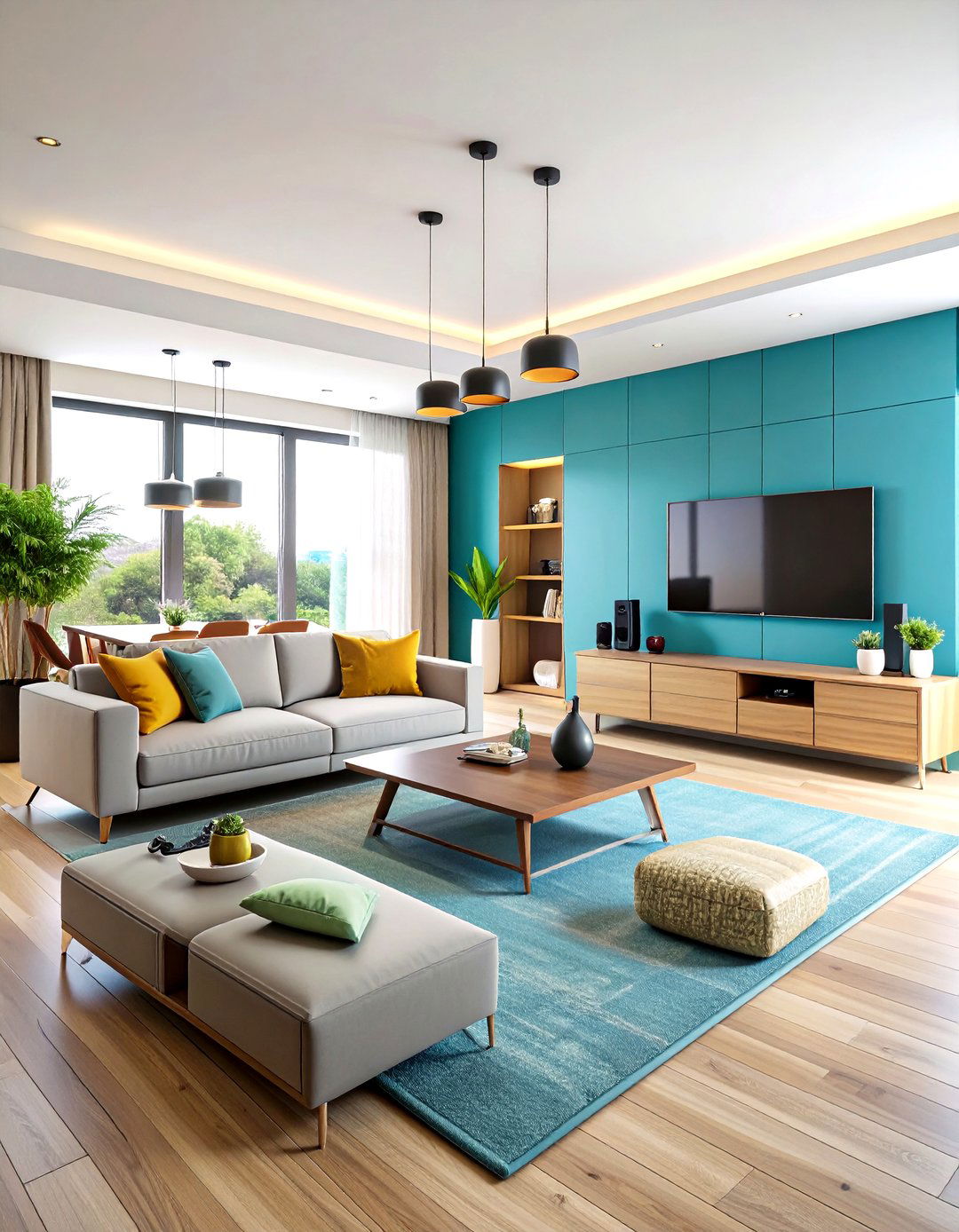
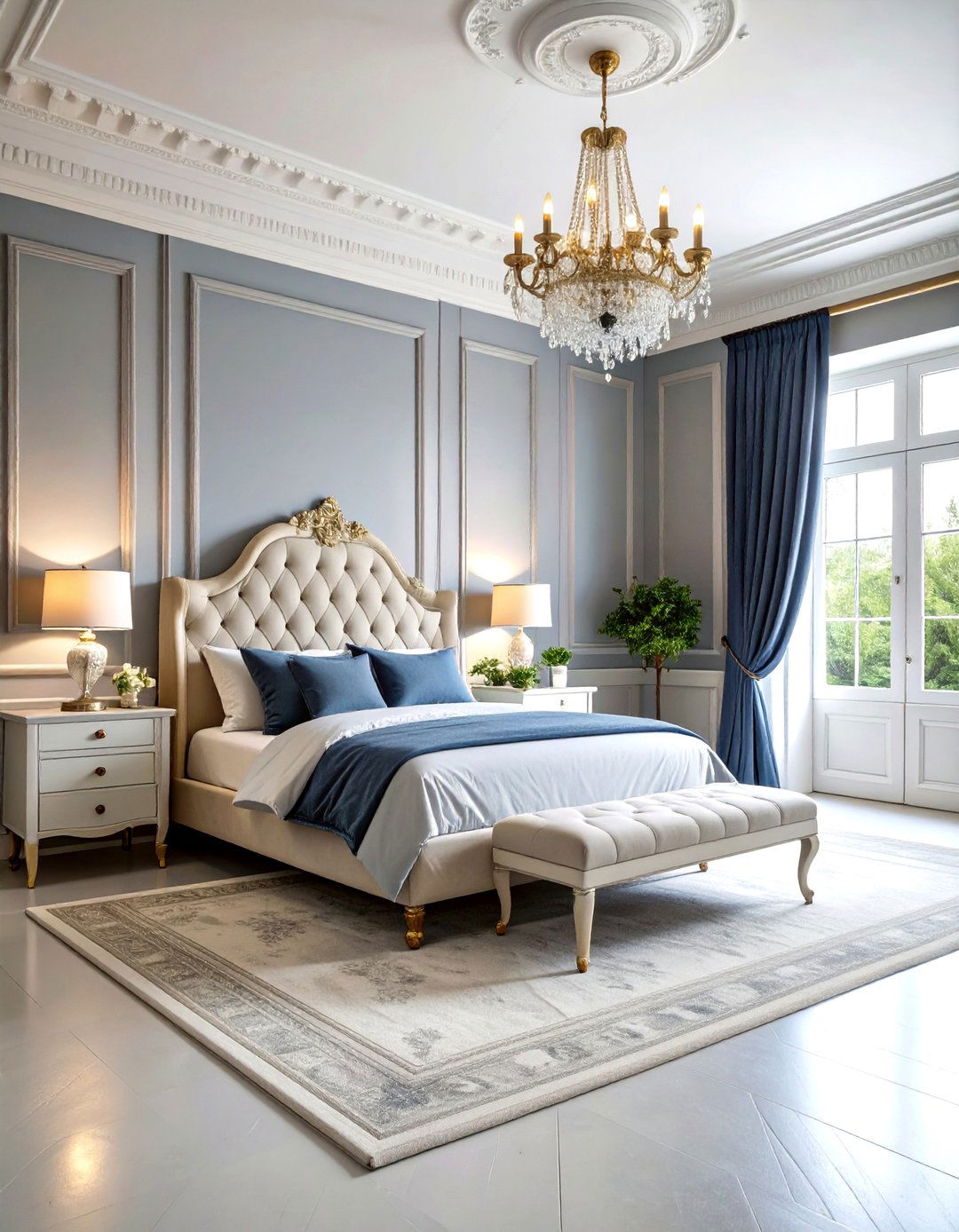
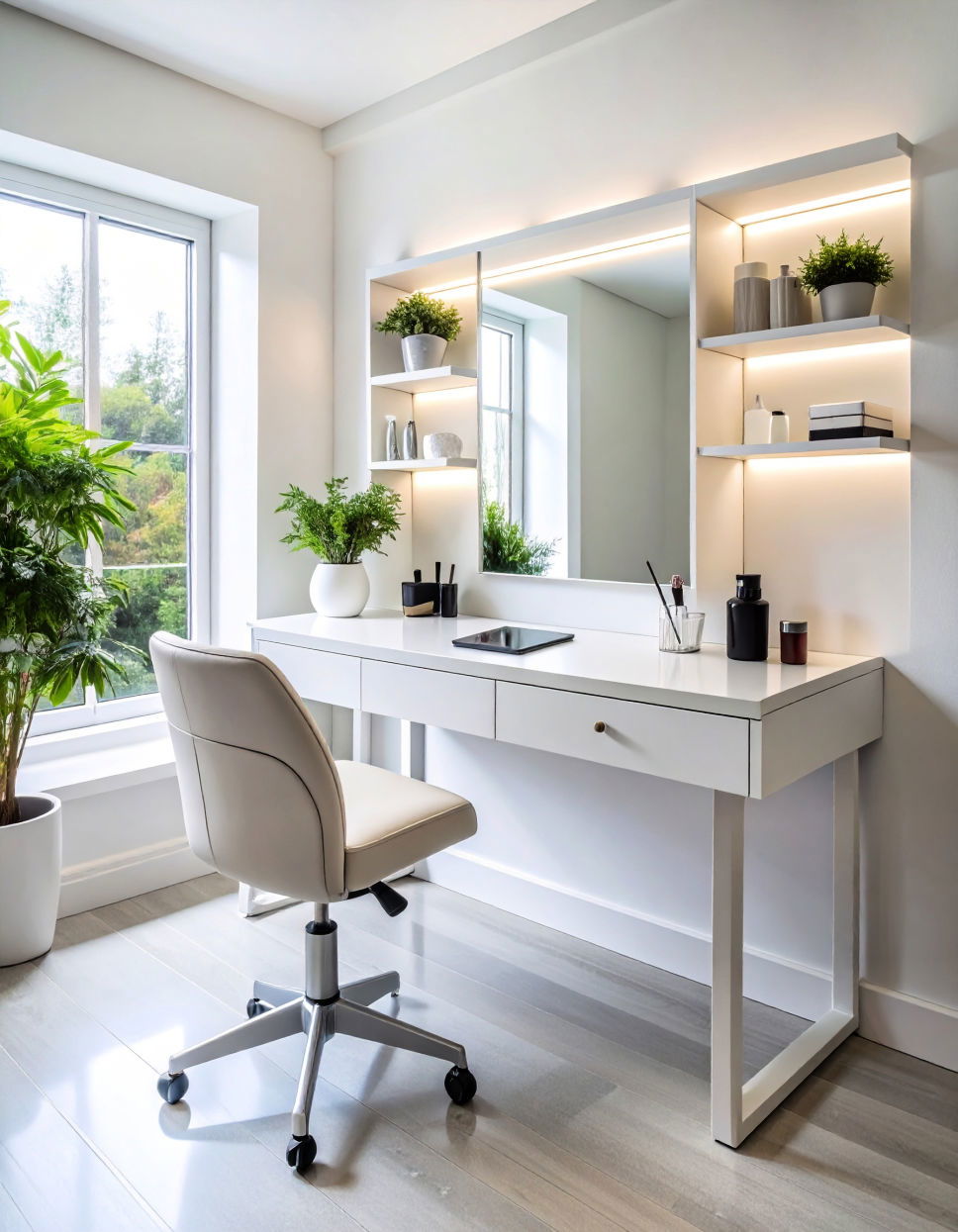
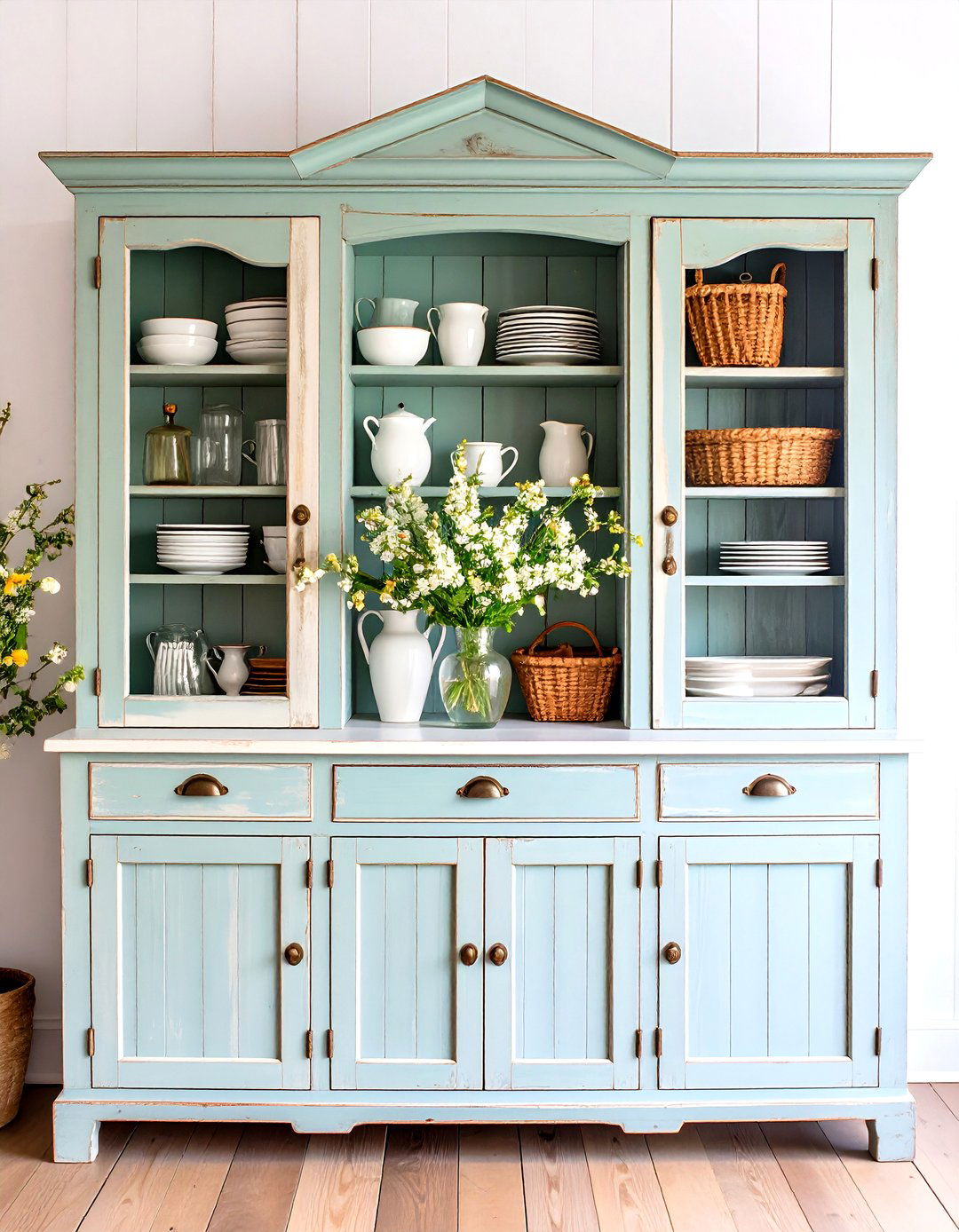
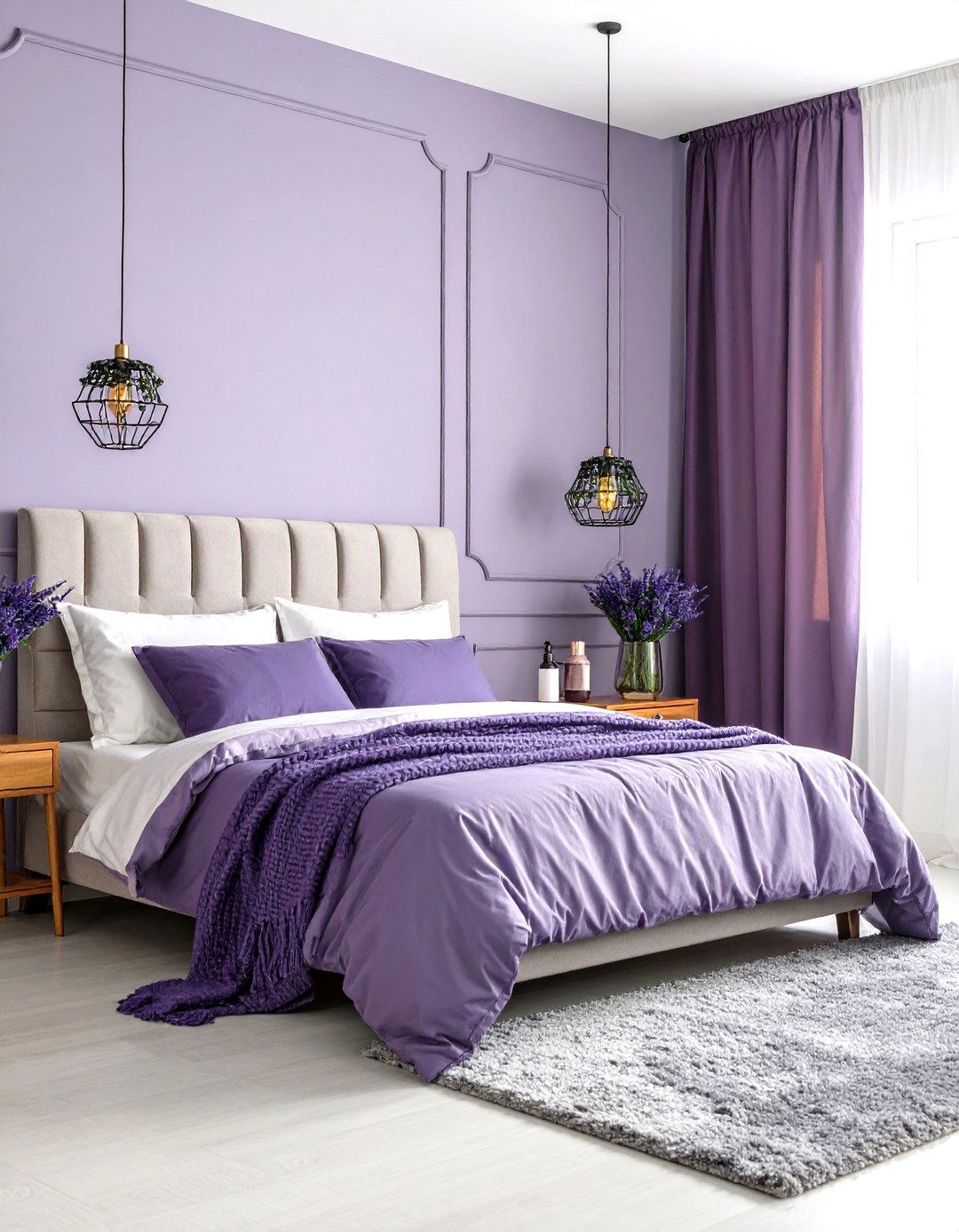
Leave a Reply